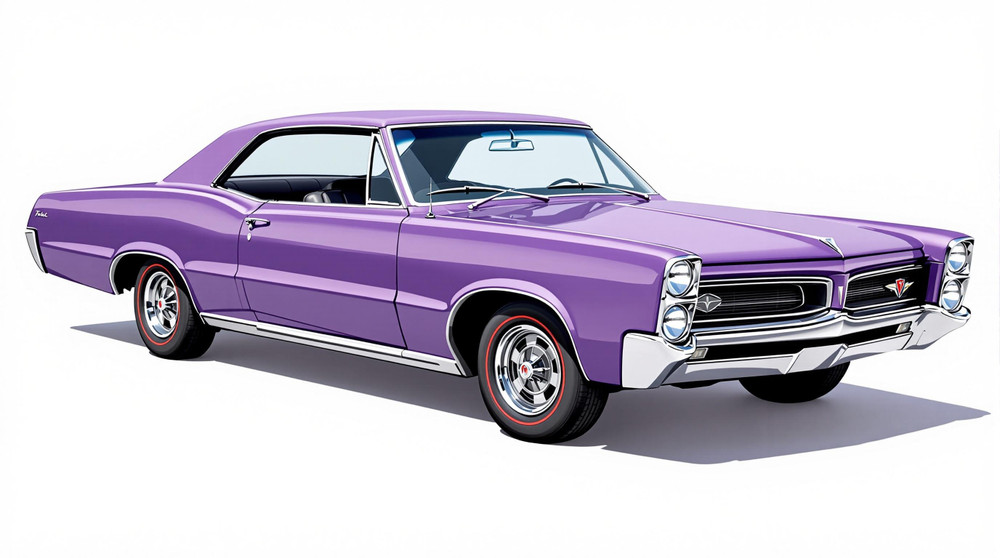Image of 1966 Pontiac Grand Prix, Note: These illustrations use artistic license and may differ from actual historical models.
Performance Metrics
Fundamental Metrics
Emotional Appeal
MMP Rating
| Engine Specifications | |
|---|---|
| Engine Options: | 389 CID V8, 421 CID V8 |
| Displacement Range: | 389-421 cu in. |
| Horsepower Range: | 325-376 hp |
| Torque: | 429-461 lb-ft |
| Compression Ratio: | 10.5:1 |
| Ignition System: | Conventional breaker-point ignition system |
| Cooling System: | Liquid-cooled |
| Performance Specifications | |
| 0-60 Time: | 7.5 seconds |
| 1/4 Mile Time: | 15.5 seconds |
| Top Speed: | 130 mph |
| Transmission and Drive | |
| Drive Type: | Rear-wheel drive |
| Transmission Type: | 3-speed automatic, 4-speed manual |
| Fuel and Efficiency | |
| Fuel System Type: | Carburetor |
| MPG: | 10-12 mpg |
| Dimensions and Brakes | |
| Brakes: | Power-assisted drum brakes |
| Wheelbase: | 121 inches |
| Weight: | 3,900 lbs |
Note: Specifications for classic cars are given to the best of our ability, considering the limited and variant data available.
Introduction
The 1966 Pontiac Grand Prix is a testament to American automotive ingenuity, a classic that effortlessly blends muscle with luxury. Born from the ambitious minds at Pontiac, a division of General Motors, this vehicle emerged during an era when personal luxury cars were gaining traction. Not only did it offer a powerful engine and sleek design, but it also introduced features that would set the standard for future models. A notable moment in its history was when the Grand Prix helped solidify Pontiac's reputation for producing performance-oriented vehicles with an upscale flair.
Design and Innovation
With its long hood and short deck, the 1966 Grand Prix presented a commanding silhouette that exuded both elegance and aggression. The stacked headlights and distinctive grille made an immediate visual impact, while the clean lines and absence of side cladding emphasized its sporty nature. Inside, drivers were treated to an array of luxurious touches, from the Morrokide upholstery to the walnut trim dashboard. Technologically, it boasted innovations like the optional eight-track tape player, a novelty at the time. Color options ranged from subdued to vibrant, with hues like "Reef Turquoise" and "Candlelight Cream" being popular picks. The most iconic body style was undoubtedly the two-door hardtop coupe, which perfectly captured the essence of 1960s automotive design.
Historical Significance
The 1966 Grand Prix was more than just a car; it was a cultural icon that influenced subsequent designs in the personal luxury car segment. It stood out from competitors with its blend of performance-oriented features and upscale amenities, paving the way for future models that would continue to merge these seemingly disparate worlds. Its lasting influence can be seen in how today's vehicles balance power with sophistication.
Performance and Handling
Underneath its stylish exterior, the 1966 Grand Prix boasted impressive performance credentials. Equipped with a standard 389 cubic inch V8 engine, it could achieve respectable acceleration figures for its time. Handling was equally commendable; despite its size, the vehicle managed to navigate turns with poise and absorbed road imperfections gracefully. Drivers often praised the throaty rumble of the engine and the smoothness of the ride—a true representation of what it meant to drive a Pontiac in the golden age of American muscle.
Ownership Experience
The Grand Prix was versatile enough to serve as a daily driver or a weekend showpiece. Its reliability was typical of American cars of the era—sturdy but requiring regular maintenance. For those with mechanical knowledge, repairs were straightforward due to the simplicity of design and availability of parts. However, as with any classic car, upkeep could become more demanding over time.
Fun Facts
A few lesser-known tidbits about this model include its cameo appearances in films and television shows of its time—adding to its pop culture legacy. While not known for breaking speed records, it certainly set sales records for Pontiac, contributing significantly to the brand's success in the mid-60s. Criticisms were few but often centered around fuel economy—a common issue among muscle cars of that era.
Collector's Information
In today's market, a well-maintained 1966 Pontiac Grand Prix can fetch anywhere from $20,000 to $40,000 depending on condition and originality—though rare editions or those with provenance can command higher prices. With production numbers estimated in tens of thousands, they are relatively rare but still accessible to serious collectors. As interest in classic American cars remains strong, values have generally appreciated over time.
Conclusion
The 1966 Pontiac Grand Prix stands as a paragon of 60s automotive excellence—a harmonious blend of performance and luxury that continues to captivate enthusiasts and collectors alike. Its enduring appeal is a testament to its design innovation and historical significance within both Pontiac's lineage and American car culture at large.
1966 Pontiac Grand Prix Catalog of Parts
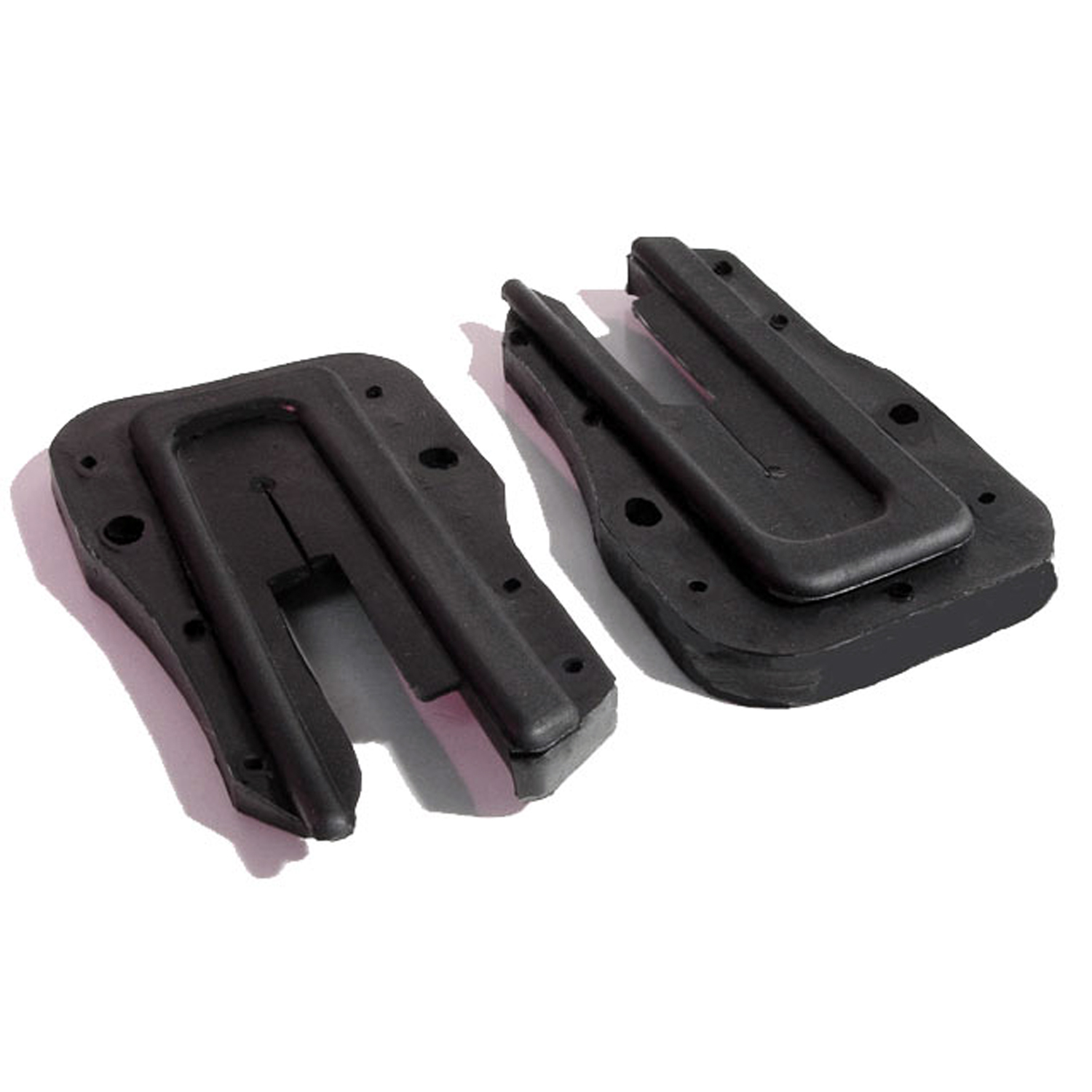 1966 Pontiac Grand Prix Rear Quarter Window Door Lock Pillar Seal (upper)-ALP 5052Rear Quarter Window Door Lock Pillar Seal (upper). Made with steel cores. Pair R&L
1966 Pontiac Grand Prix Rear Quarter Window Door Lock Pillar Seal (upper)-ALP 5052Rear Quarter Window Door Lock Pillar Seal (upper). Made with steel cores. Pair R&L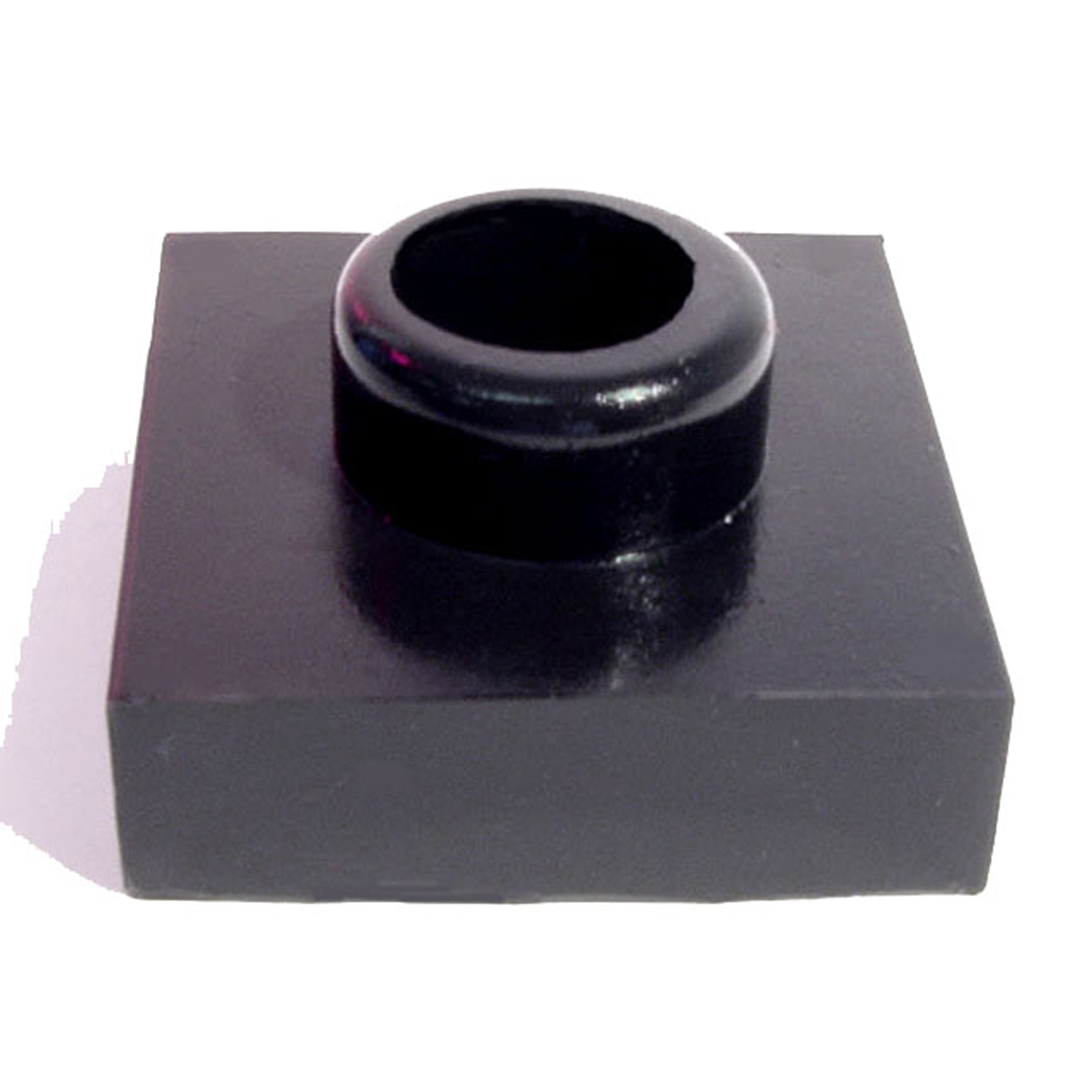 1966 Pontiac Grand Prix Body Mount Cushion-BC 50-ABody Mount Cushion. Made with hollow back to accommodate steel sleeve. 2"O.D., 3/8" I.D., 3/8" Thick. Up to four used per car. Each
1966 Pontiac Grand Prix Body Mount Cushion-BC 50-ABody Mount Cushion. Made with hollow back to accommodate steel sleeve. 2"O.D., 3/8" I.D., 3/8" Thick. Up to four used per car. Each 1966 Pontiac Grand Prix Shock Absorber Grommet. 1" bottom O.D., 3/4" high-BN 1Shock Absorber Grommet. 1" bottom O.D., 3/4" high., with 7/16" I.D. Each
1966 Pontiac Grand Prix Shock Absorber Grommet. 1" bottom O.D., 3/4" high-BN 1Shock Absorber Grommet. 1" bottom O.D., 3/4" high., with 7/16" I.D. Each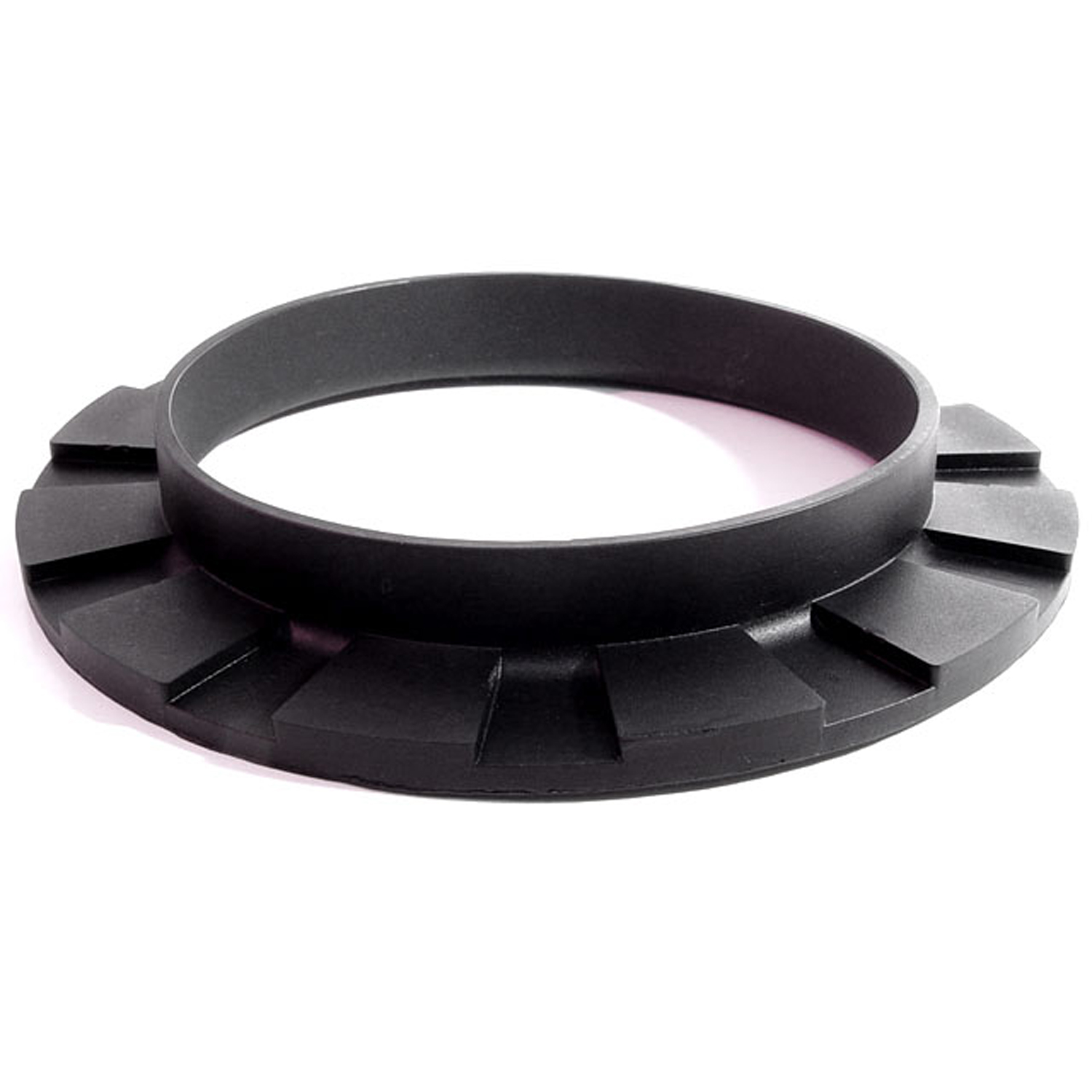 1966 Pontiac Grand Prix Front coil-spring insulator-BN 110Front coil-spring insulator. Fits '41-'60 Oldsmobile and '50-'83 GM passenger models. 5-3/8 in. OD x 3-3/4 in. ID x 3/4 in. high with 13/16 in. wide bottom flange 1/4" thick, 12 flutes. Each.
1966 Pontiac Grand Prix Front coil-spring insulator-BN 110Front coil-spring insulator. Fits '41-'60 Oldsmobile and '50-'83 GM passenger models. 5-3/8 in. OD x 3-3/4 in. ID x 3/4 in. high with 13/16 in. wide bottom flange 1/4" thick, 12 flutes. Each. 1966 Pontiac Grand Prix Front Stabilizer End Repair Kit-BNK 24Front Stabilizer End Repair Kit. 22-piece set for two stabilizer bars. Contains all rubber bushings, washers, bolts and nuts, enough for one front end. Set
1966 Pontiac Grand Prix Front Stabilizer End Repair Kit-BNK 24Front Stabilizer End Repair Kit. 22-piece set for two stabilizer bars. Contains all rubber bushings, washers, bolts and nuts, enough for one front end. Set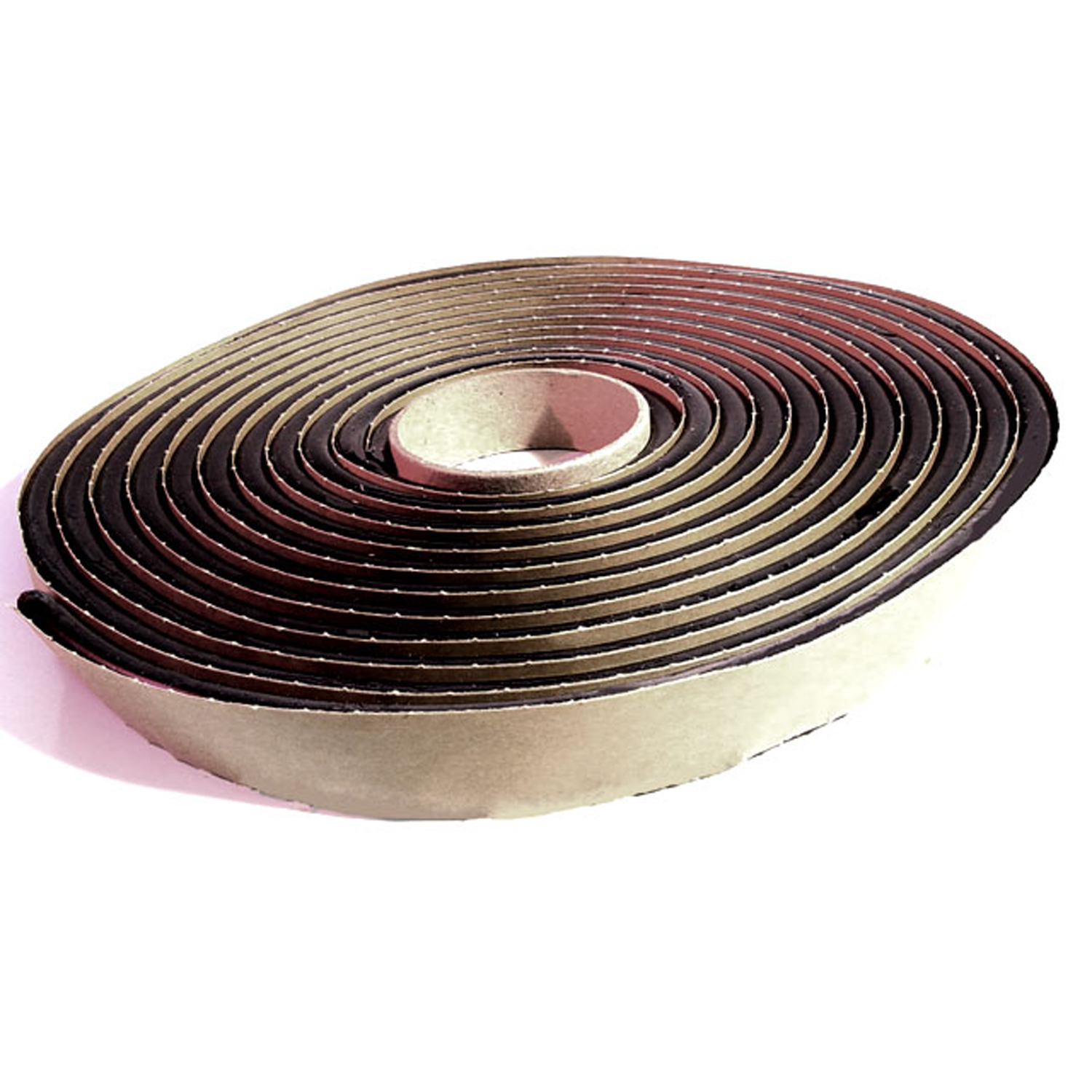 1966 Pontiac Grand Prix Butyl Glass Setting Tape-BT 1Butyl Glass Setting Tape. Used to install windshields and backlights. Superior sealing properties. 5/16" wide X 15' long. Each
1966 Pontiac Grand Prix Butyl Glass Setting Tape-BT 1Butyl Glass Setting Tape. Used to install windshields and backlights. Superior sealing properties. 5/16" wide X 15' long. Each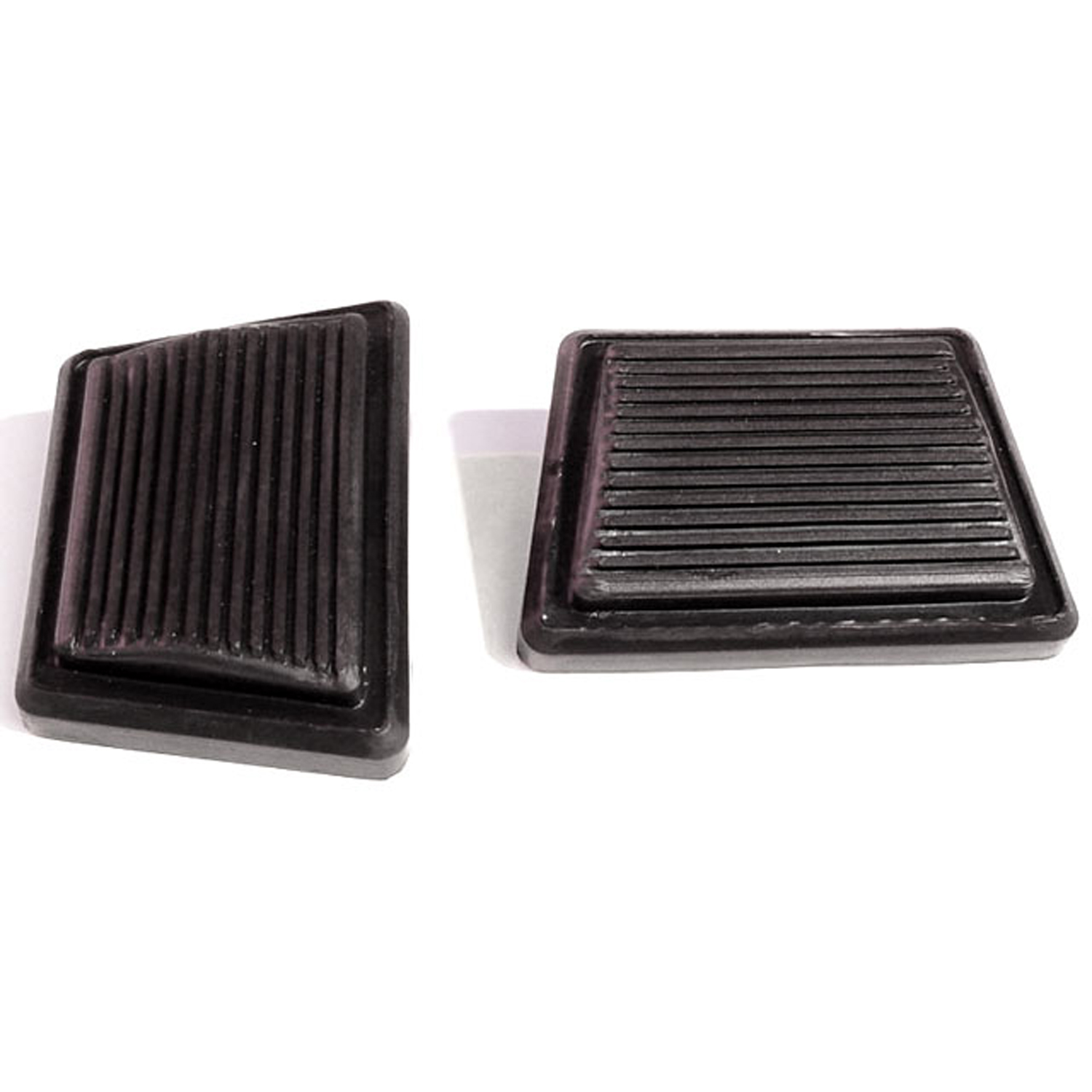 1966 Pontiac Grand Prix Clutch and Brake Pedal Pads. Exact reproduction-CB 99Clutch and Brake Pedal Pads. Exact reproduction. 3-1/2" wide. Pair
1966 Pontiac Grand Prix Clutch and Brake Pedal Pads. Exact reproduction-CB 99Clutch and Brake Pedal Pads. Exact reproduction. 3-1/2" wide. Pair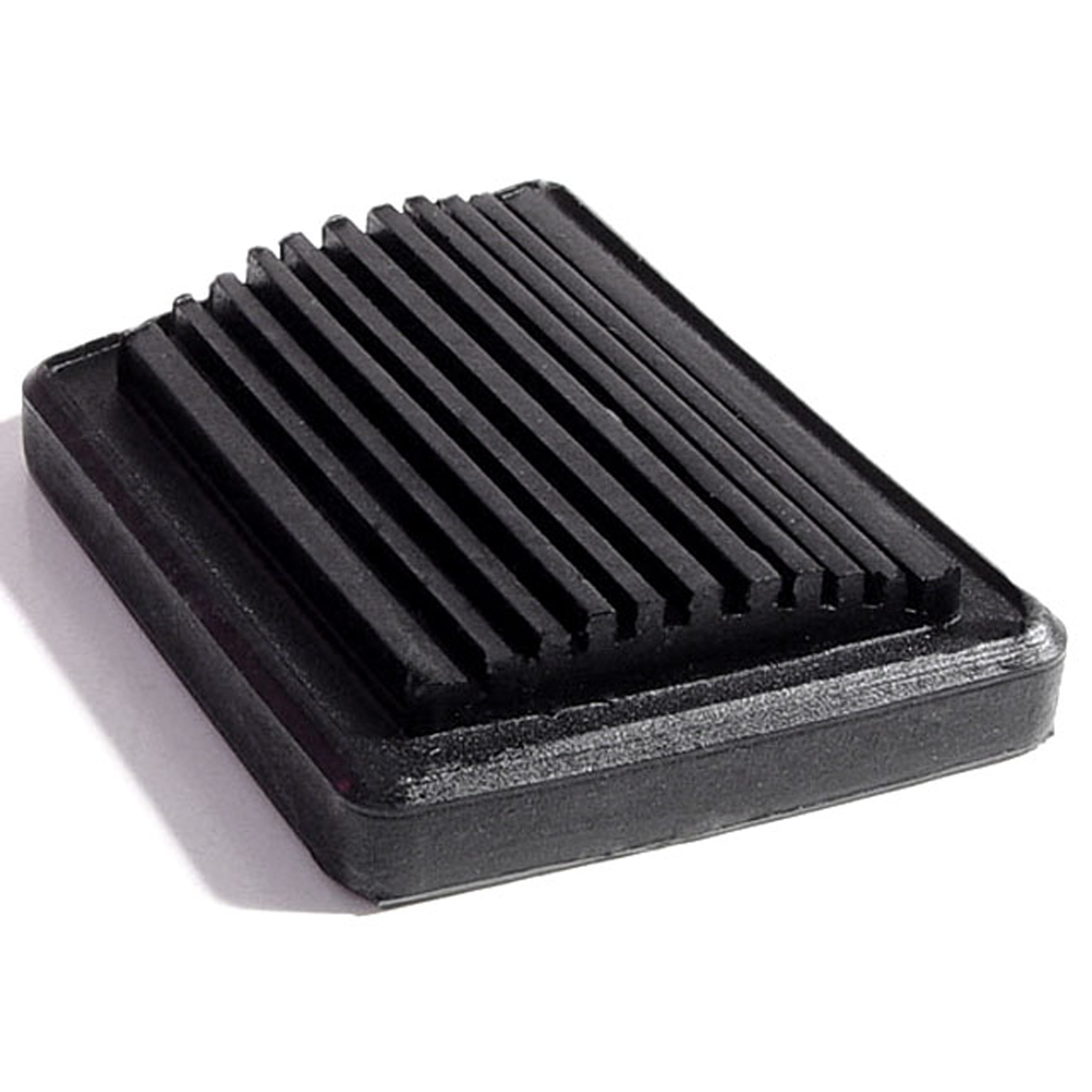 1966 Pontiac Grand Prix Park Brake Pedal Pad. 2-9/16" wide. Each-CB 99-APark Brake Pedal Pad. 2-9/16" wide. Each
1966 Pontiac Grand Prix Park Brake Pedal Pad. 2-9/16" wide. Each-CB 99-APark Brake Pedal Pad. 2-9/16" wide. Each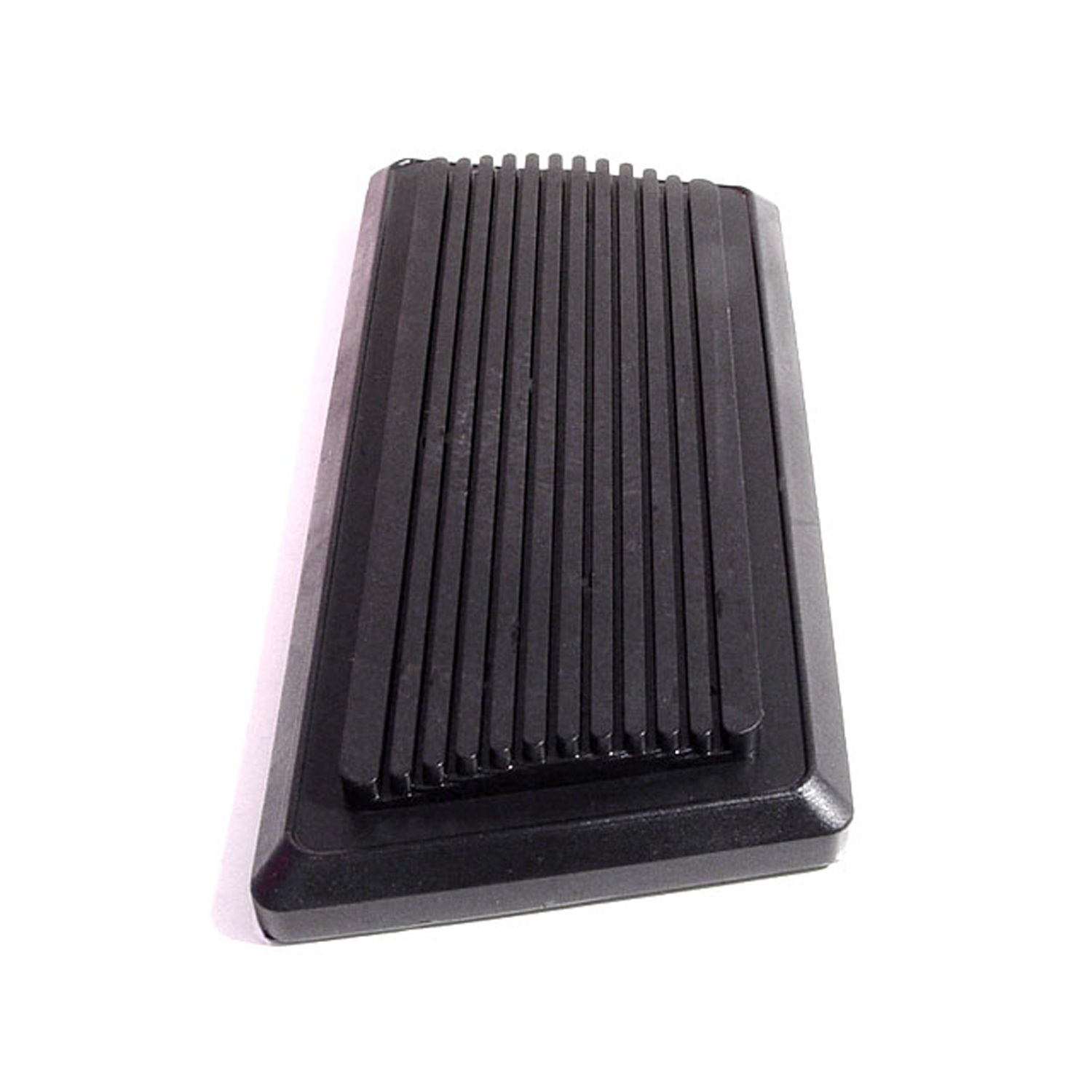 1966 Pontiac Grand Prix Auto Brake Pedal Pad. 5-7/8" wide. Each-CB 99-BAuto Brake Pedal Pad. 5-7/8" wide. Each
1966 Pontiac Grand Prix Auto Brake Pedal Pad. 5-7/8" wide. Each-CB 99-BAuto Brake Pedal Pad. 5-7/8" wide. Each 1966 Pontiac Grand Prix Cowl and Hood Seal. 64-1/2" long. Each-CS 6-ACowl and Hood Seal. 64-1/2" long. Each
1966 Pontiac Grand Prix Cowl and Hood Seal. 64-1/2" long. Each-CS 6-ACowl and Hood Seal. 64-1/2" long. Each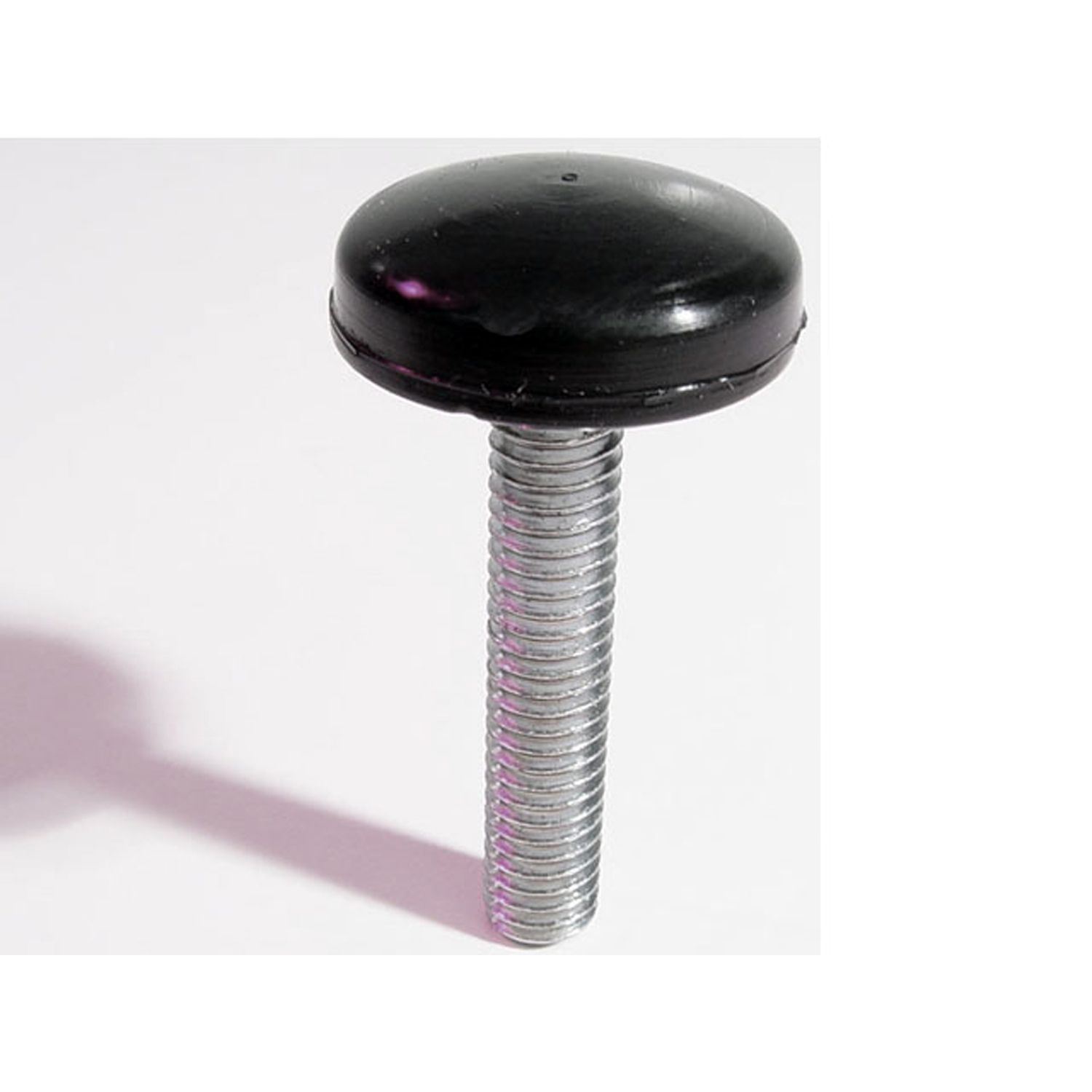 1966 Pontiac Grand Prix Hood Adjustment Bolt and Bumper. 1" diameter rubber head-HA 2Hood Adjustment Bolt and Bumper. 1" diameter rubber head. 5/16" thick X 18 threads/inch X 1-3/4" long bolt. Each
1966 Pontiac Grand Prix Hood Adjustment Bolt and Bumper. 1" diameter rubber head-HA 2Hood Adjustment Bolt and Bumper. 1" diameter rubber head. 5/16" thick X 18 threads/inch X 1-3/4" long bolt. Each 1966 Pontiac Grand Prix Hood Adjustment Bolt and Bumper-HA 3Hood Adjustment Bolt and Bumper. 1-1/8" diameter rubber head. 5/16" thick X 18 threads/inch X 2-1/8" long bolt. Each
1966 Pontiac Grand Prix Hood Adjustment Bolt and Bumper-HA 3Hood Adjustment Bolt and Bumper. 1-1/8" diameter rubber head. 5/16" thick X 18 threads/inch X 2-1/8" long bolt. Each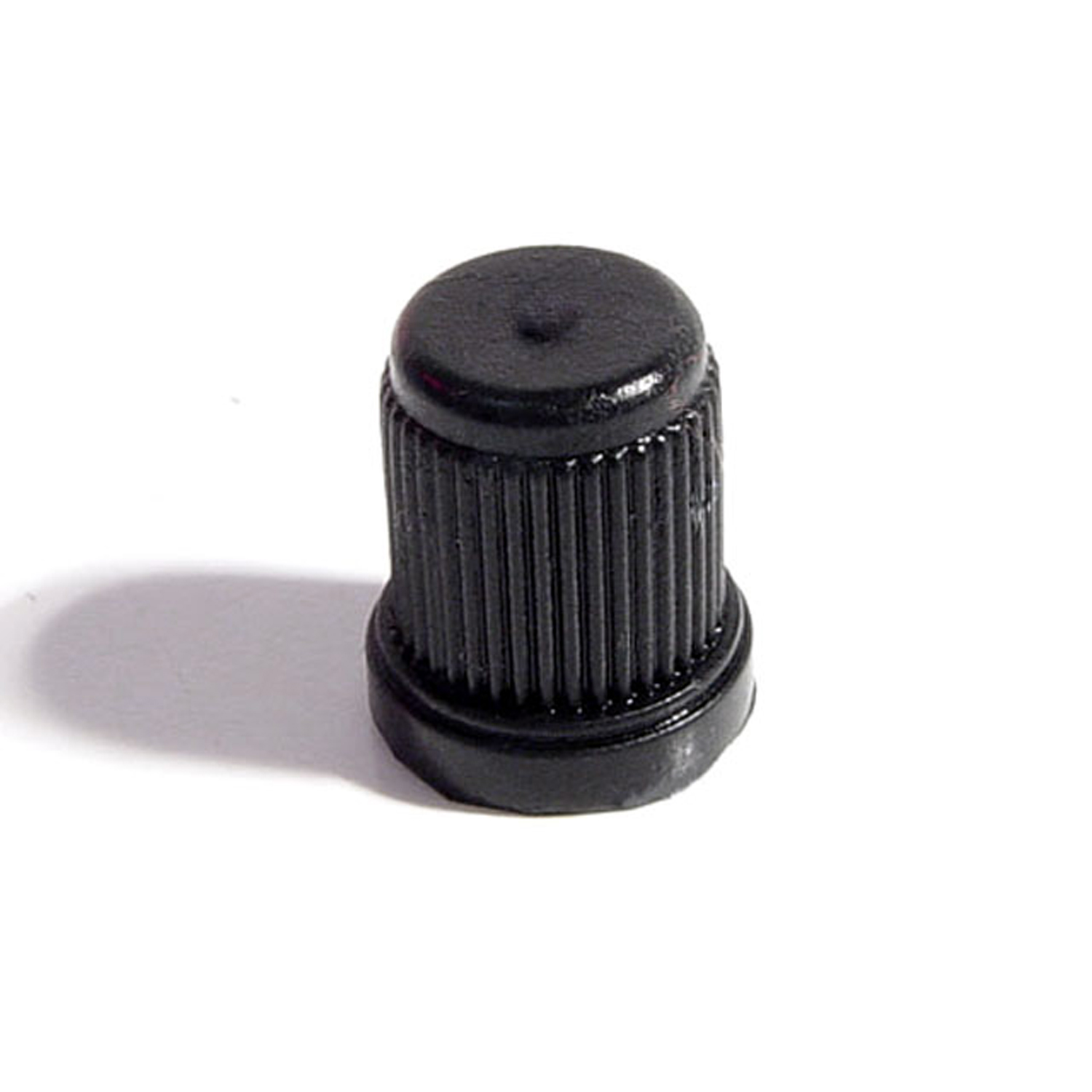 1966 Pontiac Grand Prix Trip Meter Reset Knob. Made of black rubber-KN 10Trip Meter Reset Knob. Made of black rubber. Compare to measurements: 1/8" I.D., 7/16" O.D. X 1/2" tall. Each
1966 Pontiac Grand Prix Trip Meter Reset Knob. Made of black rubber-KN 10Trip Meter Reset Knob. Made of black rubber. Compare to measurements: 1/8" I.D., 7/16" O.D. X 1/2" tall. Each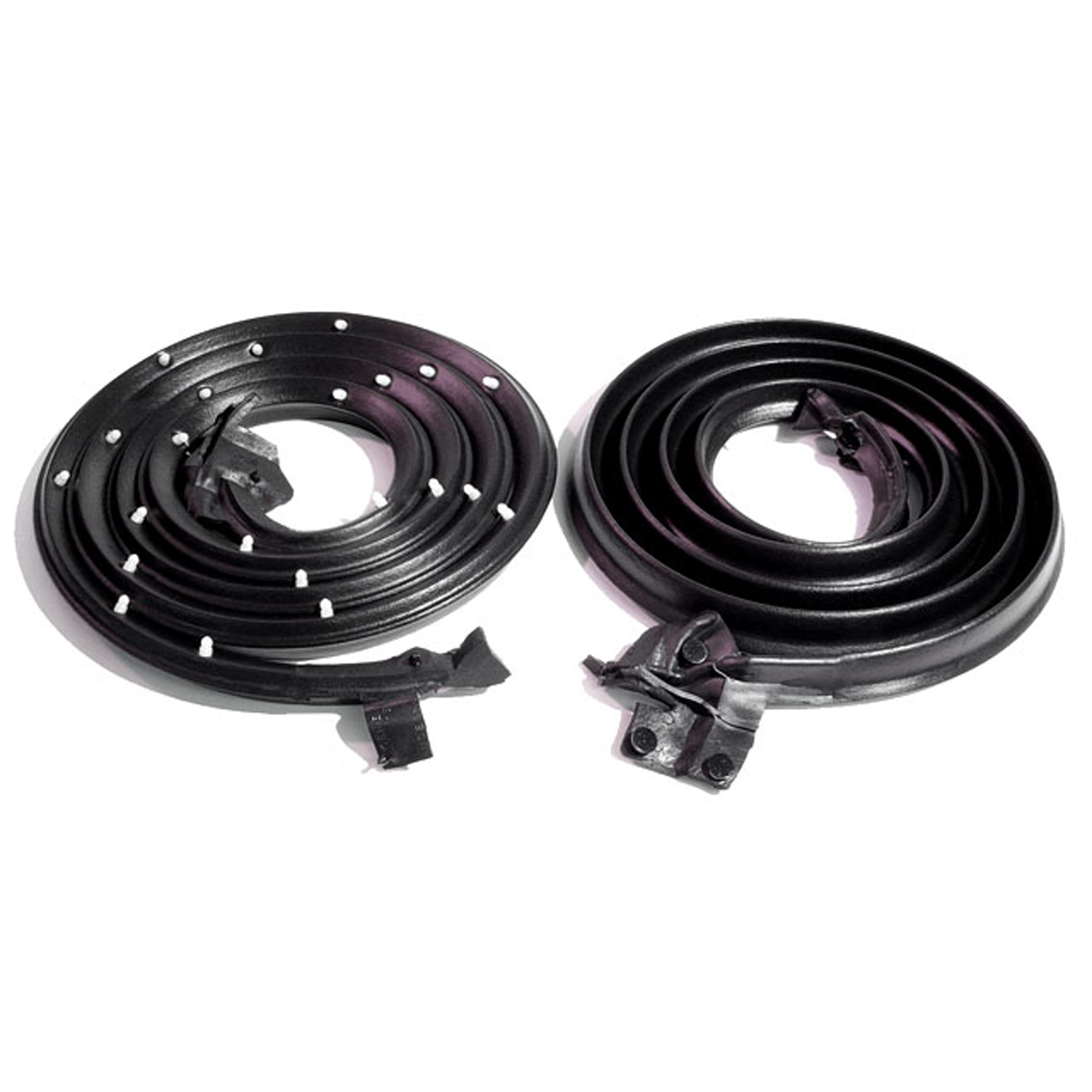 1966 Pontiac Grand Prix Door Seals, with Clips and Molded Ends-LM 20Door Seals, with Clips and Molded Ends. For 2-Door Hardtops and Convertibles. Replaces OEM #4456006/7. Pair R&L
1966 Pontiac Grand Prix Door Seals, with Clips and Molded Ends-LM 20Door Seals, with Clips and Molded Ends. For 2-Door Hardtops and Convertibles. Replaces OEM #4456006/7. Pair R&L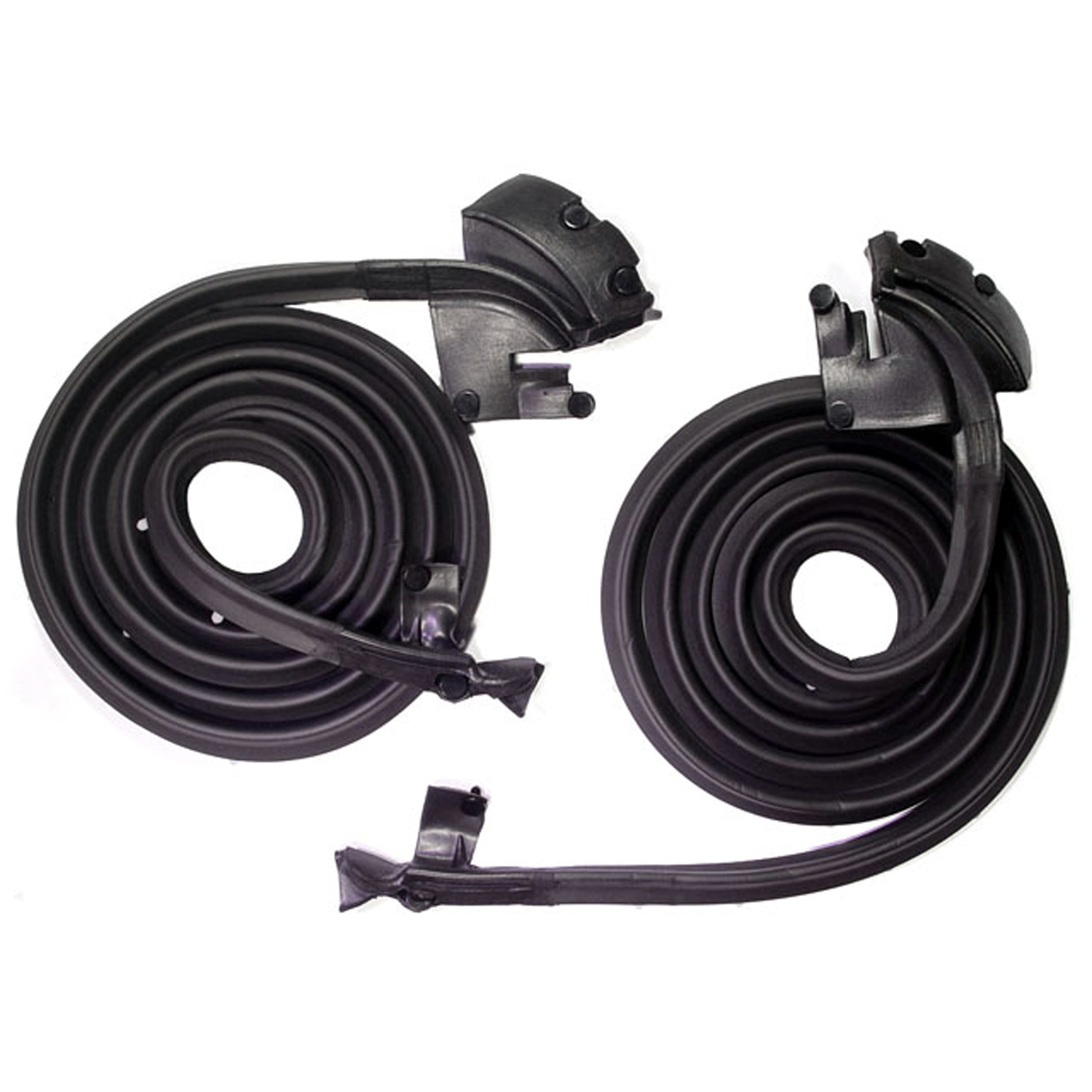 1966 Pontiac Grand Prix Molded Door Seals-LM 21-IMolded Door Seals. For 2-Door Hardtop and Convertibles (does not fit Grand Prix hardtop or formal top cars). Pair R&L. Original part numbers #7648132 and 7648133.
1966 Pontiac Grand Prix Molded Door Seals-LM 21-IMolded Door Seals. For 2-Door Hardtop and Convertibles (does not fit Grand Prix hardtop or formal top cars). Pair R&L. Original part numbers #7648132 and 7648133.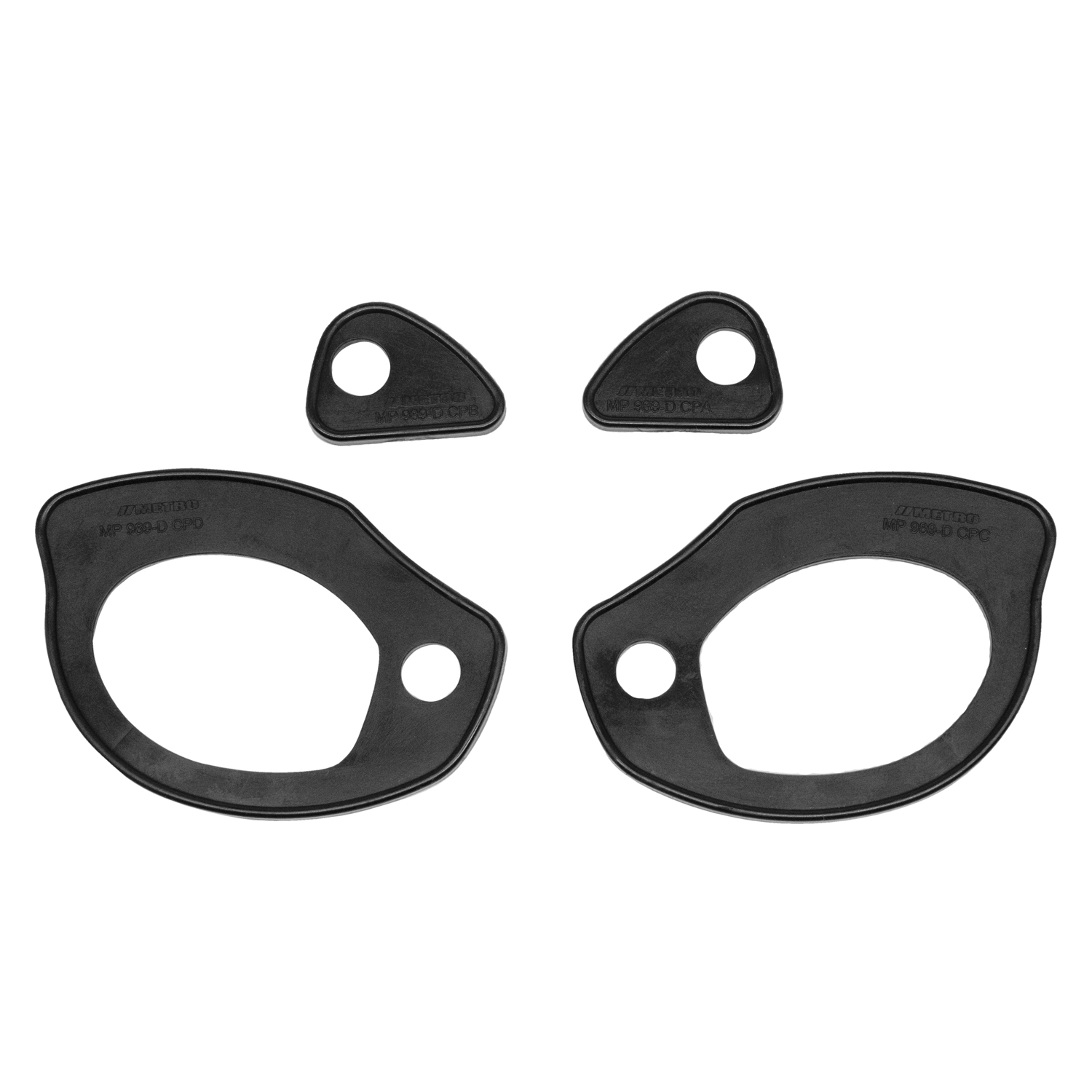 1966 Pontiac Grand Prix Door Handle Pads. 2-5/8" long & 1-1/8" long. Set R&L-MP 989-DDoor Handle Pads. 2-5/8" long & 1-1/8" long. Set R&L
1966 Pontiac Grand Prix Door Handle Pads. 2-5/8" long & 1-1/8" long. Set R&L-MP 989-DDoor Handle Pads. 2-5/8" long & 1-1/8" long. Set R&L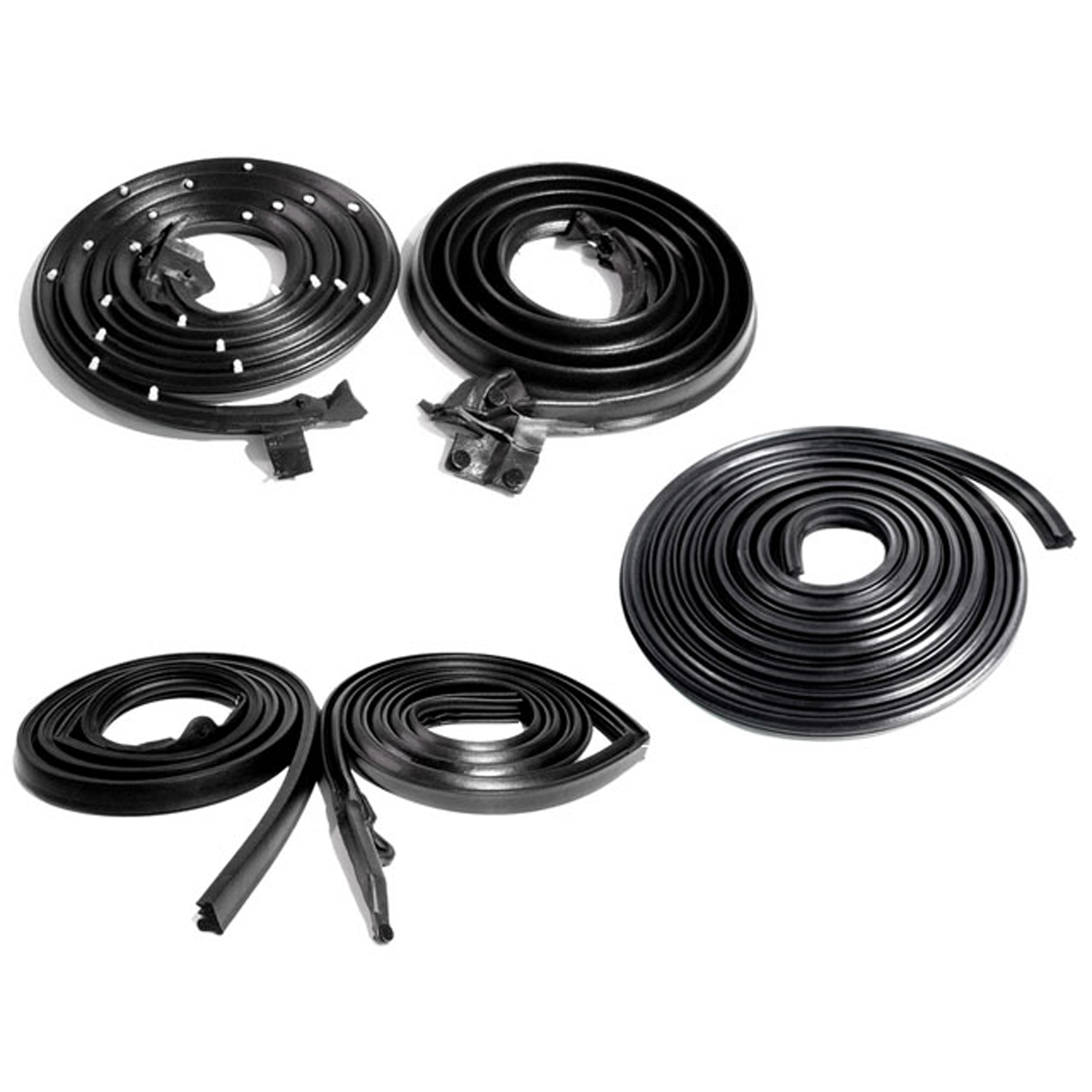 1966 Pontiac Grand Prix Basic Kit, for 2-Door Hardtop-RKB 2009-108Basic Kit, for 2-Door Hardtop. Door (LM 20) Roof Rail (RR 5016) Trunk (TK 46-18), Seals.
1966 Pontiac Grand Prix Basic Kit, for 2-Door Hardtop-RKB 2009-108Basic Kit, for 2-Door Hardtop. Door (LM 20) Roof Rail (RR 5016) Trunk (TK 46-18), Seals.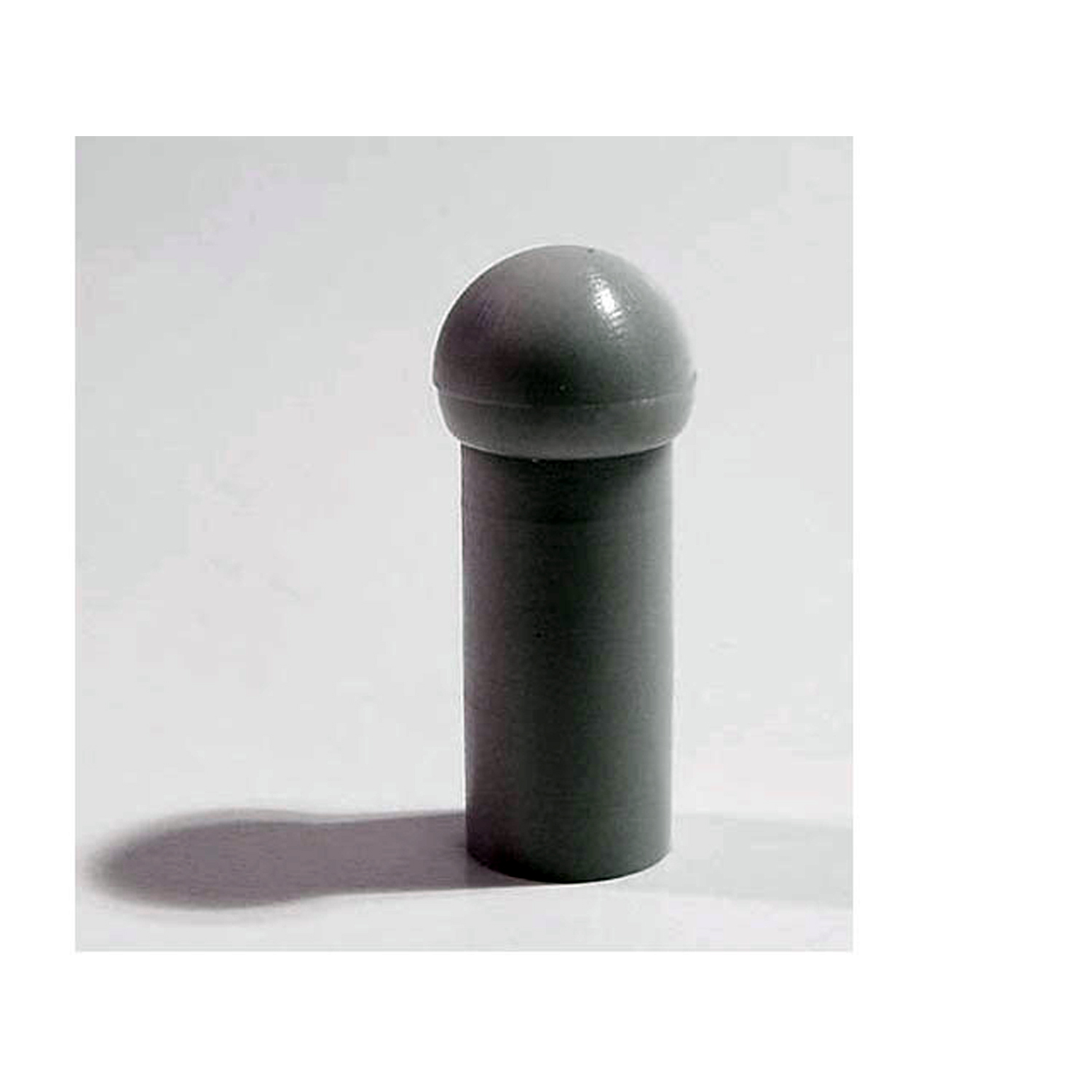 1966 Pontiac Grand Prix Sun Visor Rod Rubber Grommet. 3/4" long. Gray. Each-RP 303-CSun Visor Rod Rubber Grommet. 3/4" long. Gray. Each
1966 Pontiac Grand Prix Sun Visor Rod Rubber Grommet. 3/4" long. Gray. Each-RP 303-CSun Visor Rod Rubber Grommet. 3/4" long. Gray. Each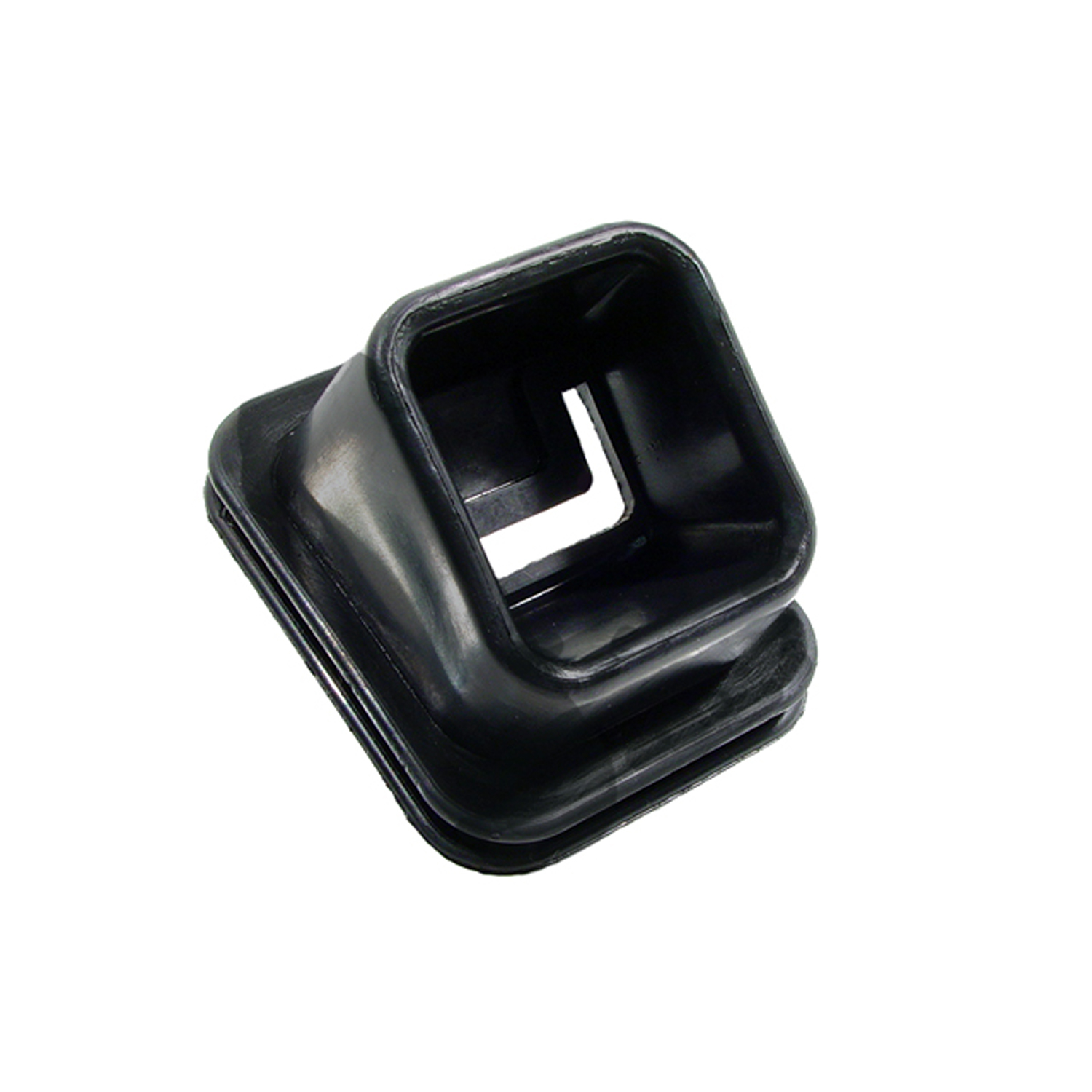 1966 Pontiac Grand Prix Clutch Arm Fork Boot. Fits on bell housing to keep dirt out-RP 31-DClutch Arm Fork Boot. Fits on bell housing to keep dirt out. Each
1966 Pontiac Grand Prix Clutch Arm Fork Boot. Fits on bell housing to keep dirt out-RP 31-DClutch Arm Fork Boot. Fits on bell housing to keep dirt out. Each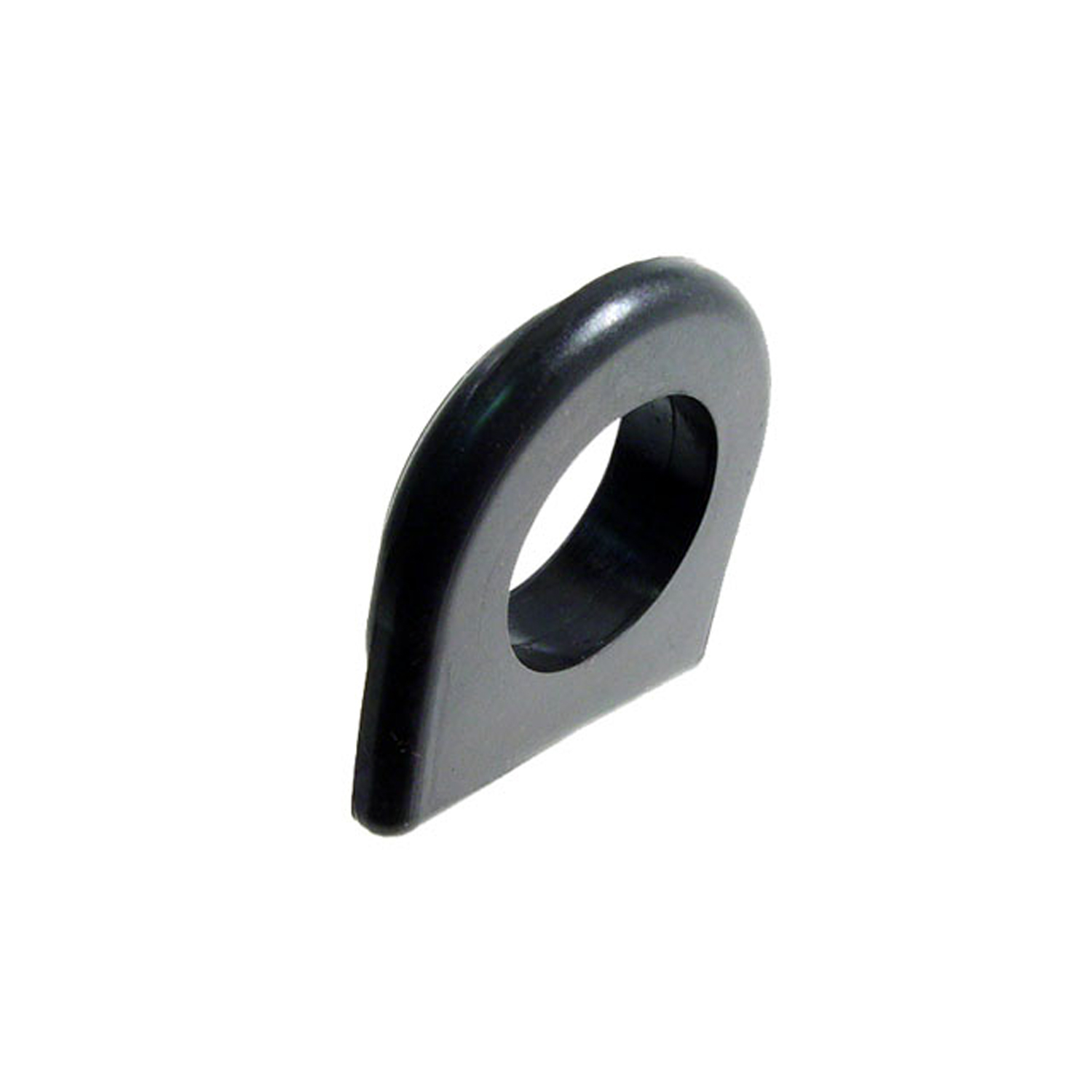 1966 Pontiac Grand Prix Positive Crankcase Ventilation Grommet-RP 9Positive Crankcase Ventilation Grommet. 11/16" wide X 1-5/8" long, with 15/16" I.D. (Fits some models) Each
1966 Pontiac Grand Prix Positive Crankcase Ventilation Grommet-RP 9Positive Crankcase Ventilation Grommet. 11/16" wide X 1-5/8" long, with 15/16" I.D. (Fits some models) Each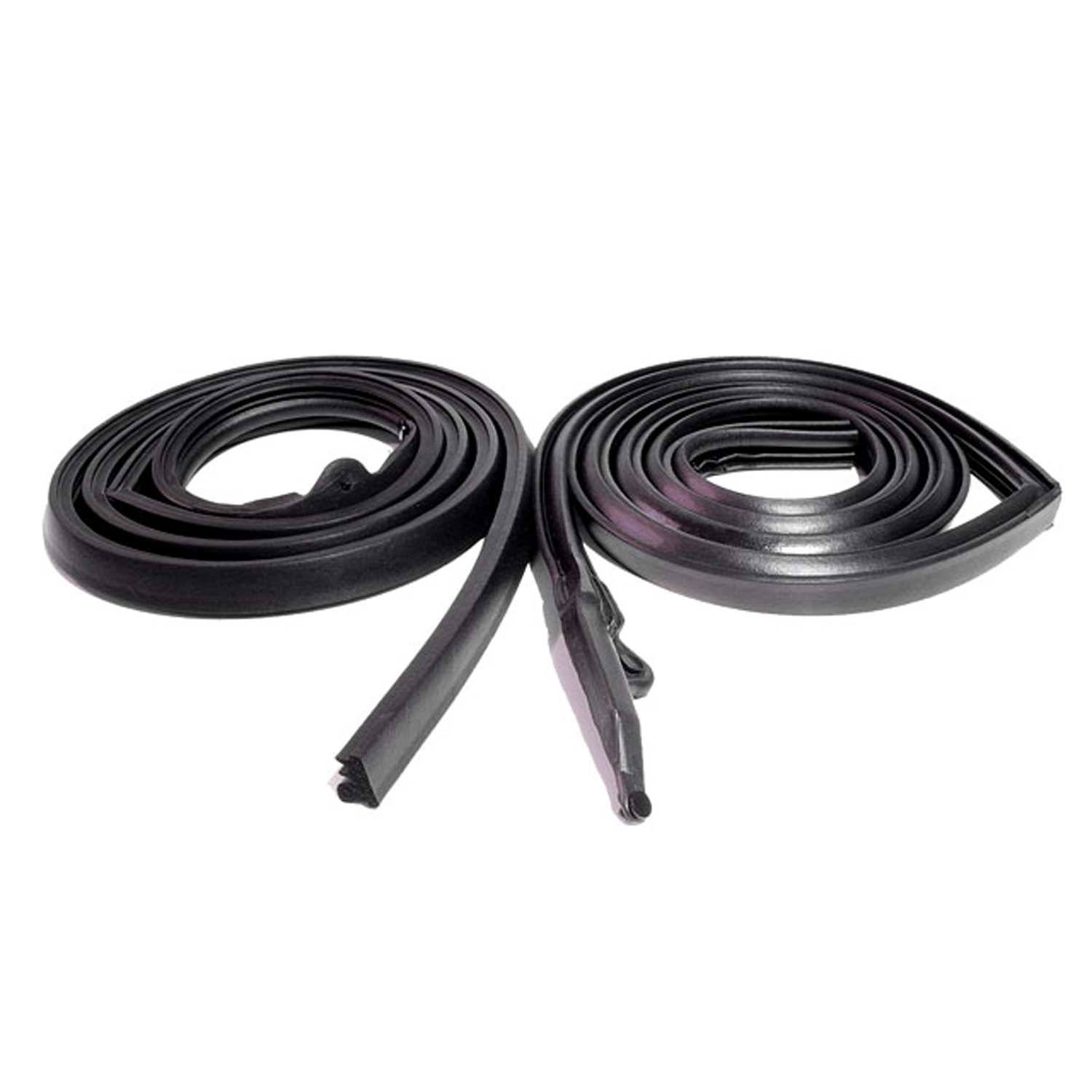 1966 Pontiac Grand Prix Molded Roof Rail Seals. For 2-door hardtops. Pair R&L-RR 5016Molded Roof Rail Seals. For 2-door hardtops. Pair R&L
1966 Pontiac Grand Prix Molded Roof Rail Seals. For 2-door hardtops. Pair R&L-RR 5016Molded Roof Rail Seals. For 2-door hardtops. Pair R&L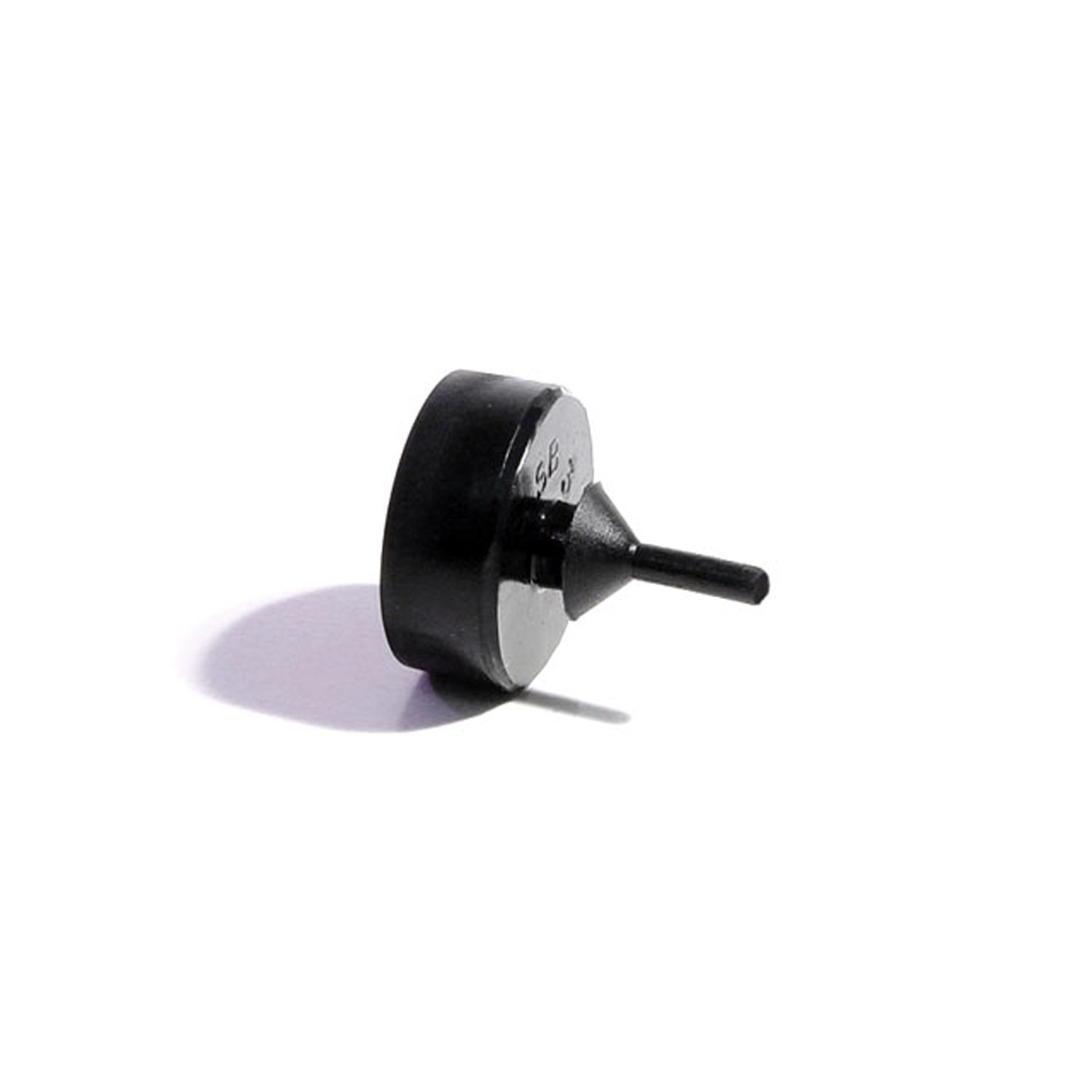 1966 Pontiac Grand Prix Trunk Bumper. Fits lower corner on decklid. 15/16" O.D-SB 34Trunk Bumper. Fits lower corner on decklid. 15/16" O.D., 11/16" high. Each
1966 Pontiac Grand Prix Trunk Bumper. Fits lower corner on decklid. 15/16" O.D-SB 34Trunk Bumper. Fits lower corner on decklid. 15/16" O.D., 11/16" high. Each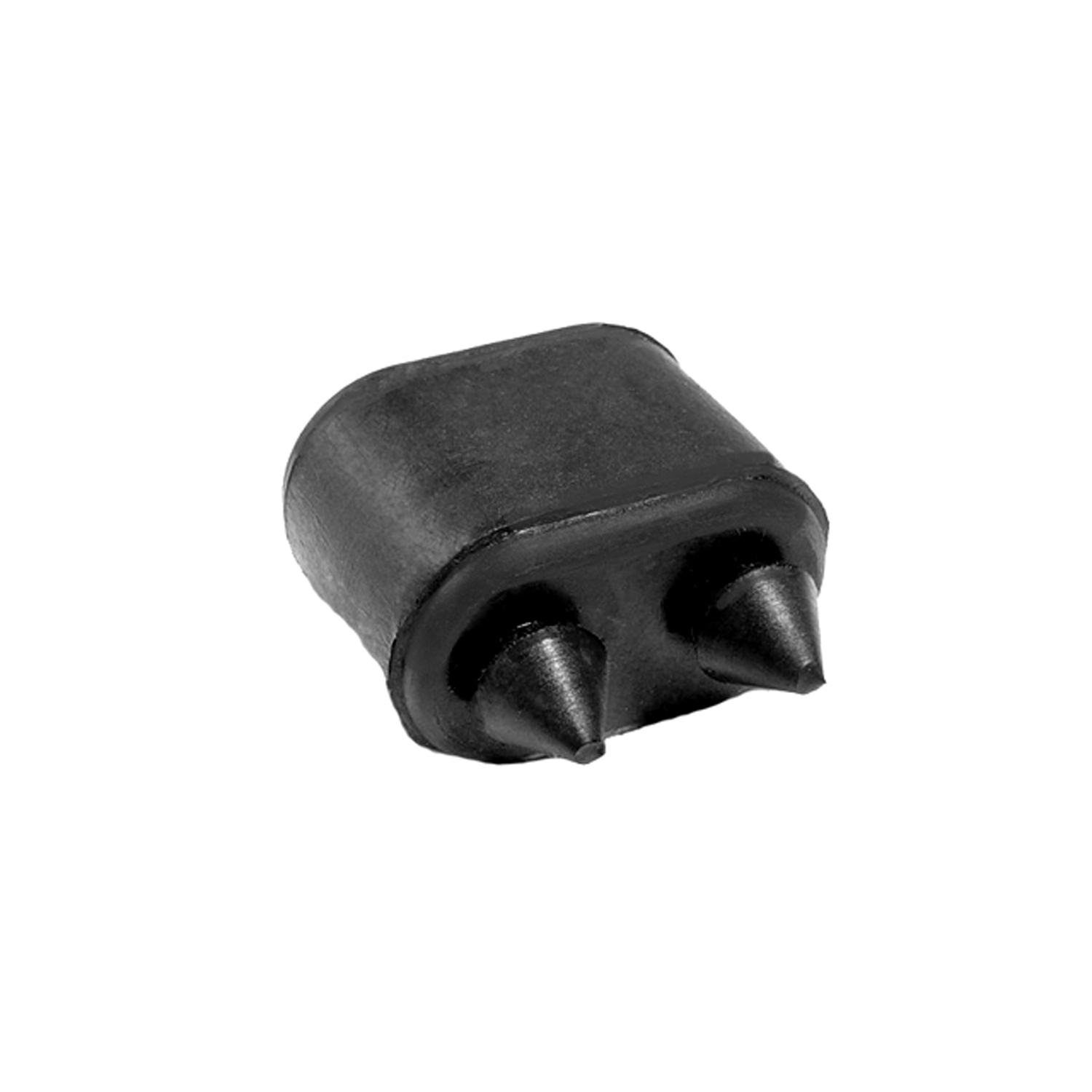 1966 Pontiac Grand Prix Door Bumper, 57-74 GM Cars, Made with Twin Retainers, Each-SB 35Door Bumper, 57-74 GM Cars, made with twin retainers, Each. Measure 1-1/16" high X 19/32" wide X 1-1/32" long.
1966 Pontiac Grand Prix Door Bumper, 57-74 GM Cars, Made with Twin Retainers, Each-SB 35Door Bumper, 57-74 GM Cars, made with twin retainers, Each. Measure 1-1/16" high X 19/32" wide X 1-1/32" long.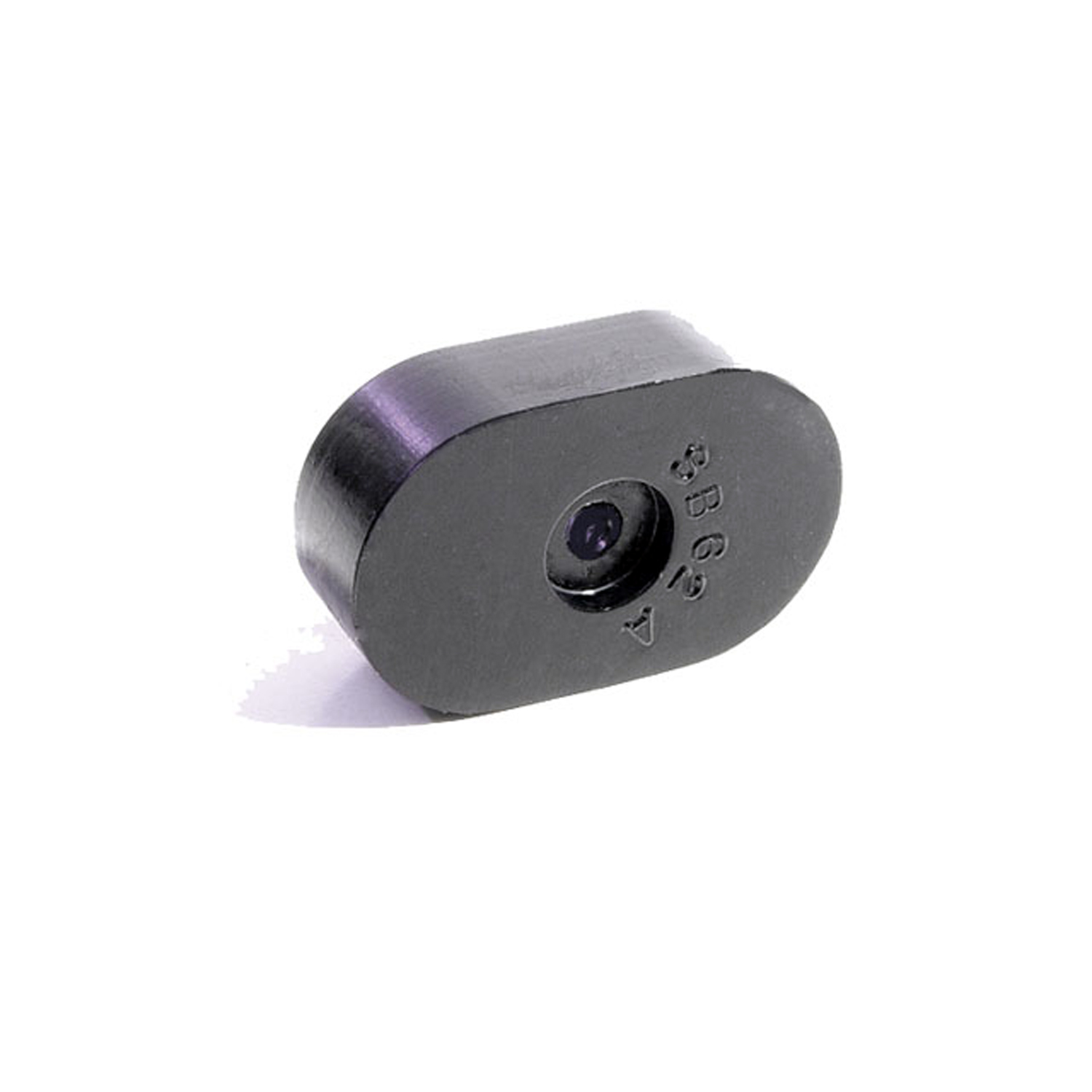 1966 Pontiac Grand Prix Seat Bumper. Made with steel core like original-SB 62-ASeat Bumper. Made with steel core like original. 1-1/2" long, 7/16" thick. Two used per car. Each
1966 Pontiac Grand Prix Seat Bumper. Made with steel core like original-SB 62-ASeat Bumper. Made with steel core like original. 1-1/2" long, 7/16" thick. Two used per car. Each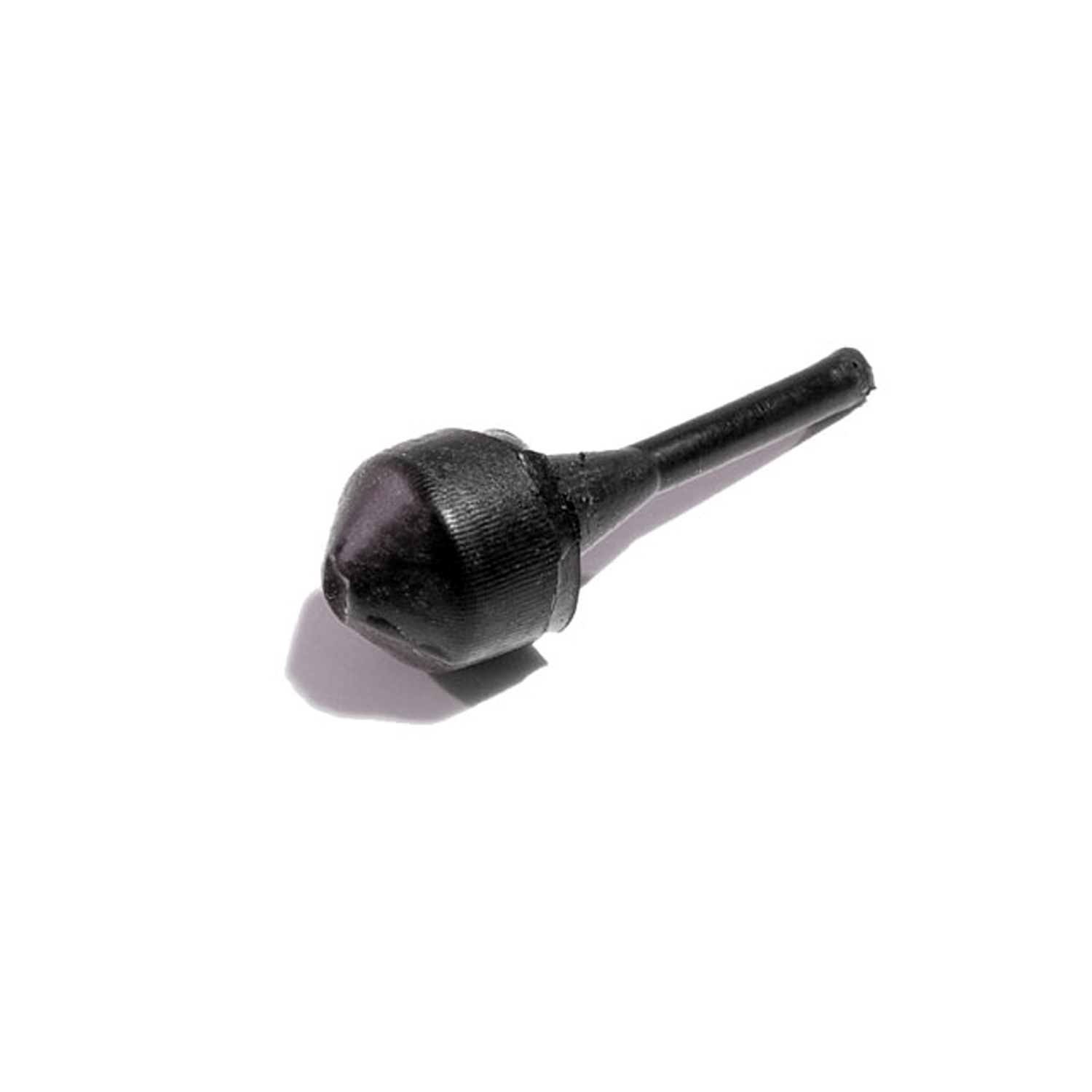 1966 Pontiac Grand Prix Glove Box and Fuel Door Bumper. Fits 3/16" hole. Each-SB 78Glove Box and Fuel Door Bumper. Fits 3/16" hole. Each
1966 Pontiac Grand Prix Glove Box and Fuel Door Bumper. Fits 3/16" hole. Each-SB 78Glove Box and Fuel Door Bumper. Fits 3/16" hole. Each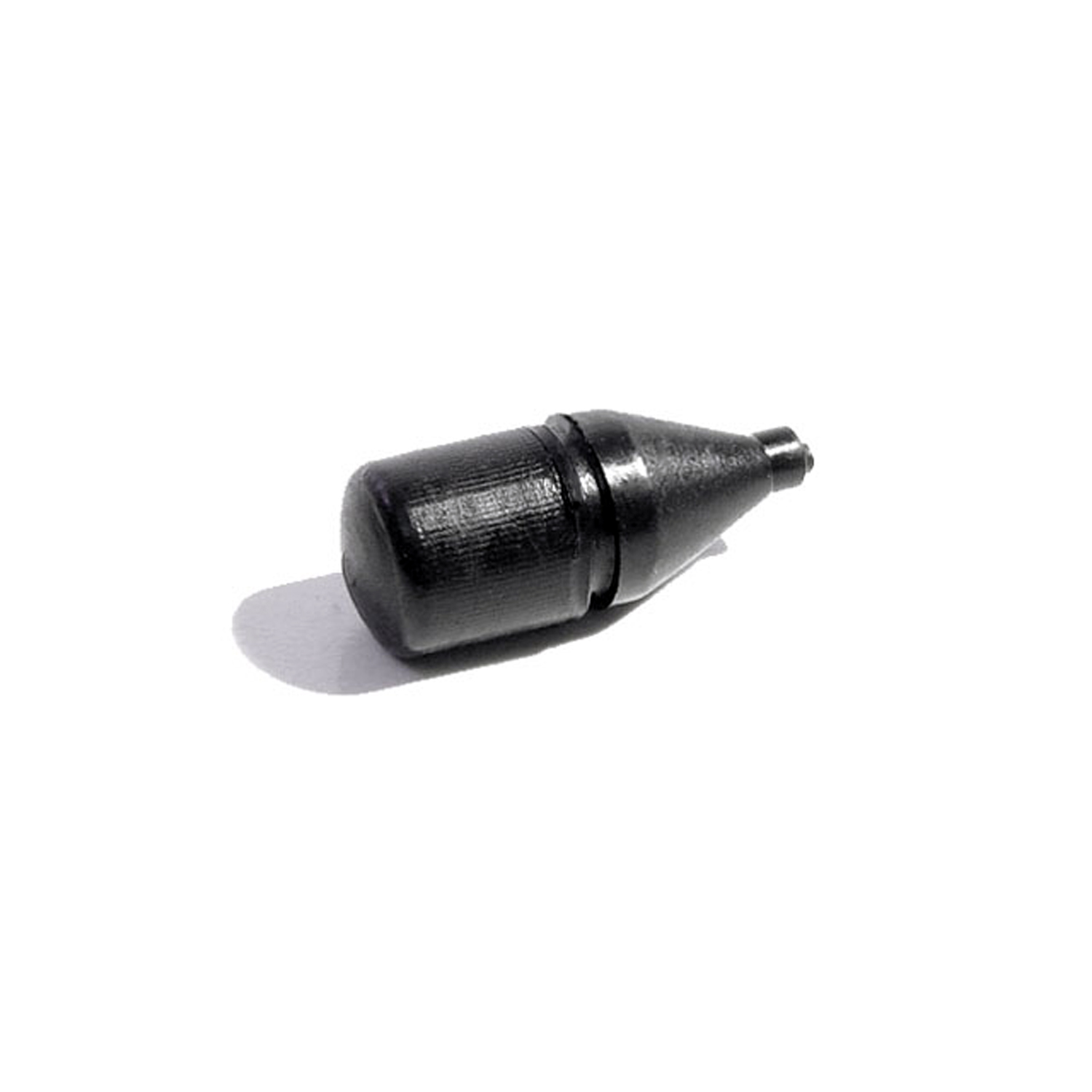 1966 Pontiac Grand Prix Fuel Door Bumper. 7/8" high, 5/16" O.D. Each-SB 81Fuel Door Bumper. 7/8" high, 5/16" O.D. Each
1966 Pontiac Grand Prix Fuel Door Bumper. 7/8" high, 5/16" O.D. Each-SB 81Fuel Door Bumper. 7/8" high, 5/16" O.D. Each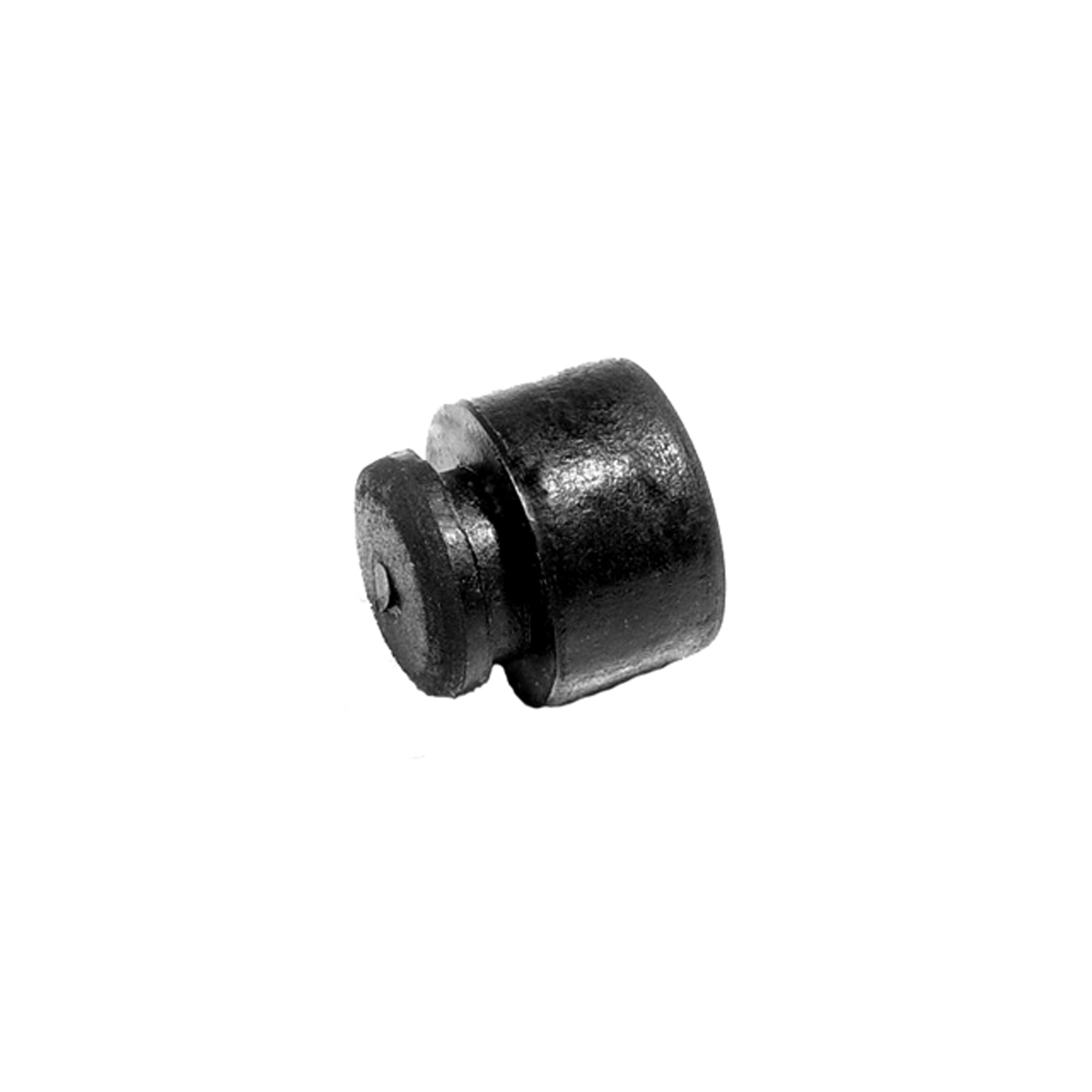 1966 Pontiac Grand Prix License Plate Bumper. Fits a 1/4" hole. Each-SB 82License Plate Bumper. Fits a 1/4" hole. Each
1966 Pontiac Grand Prix License Plate Bumper. Fits a 1/4" hole. Each-SB 82License Plate Bumper. Fits a 1/4" hole. Each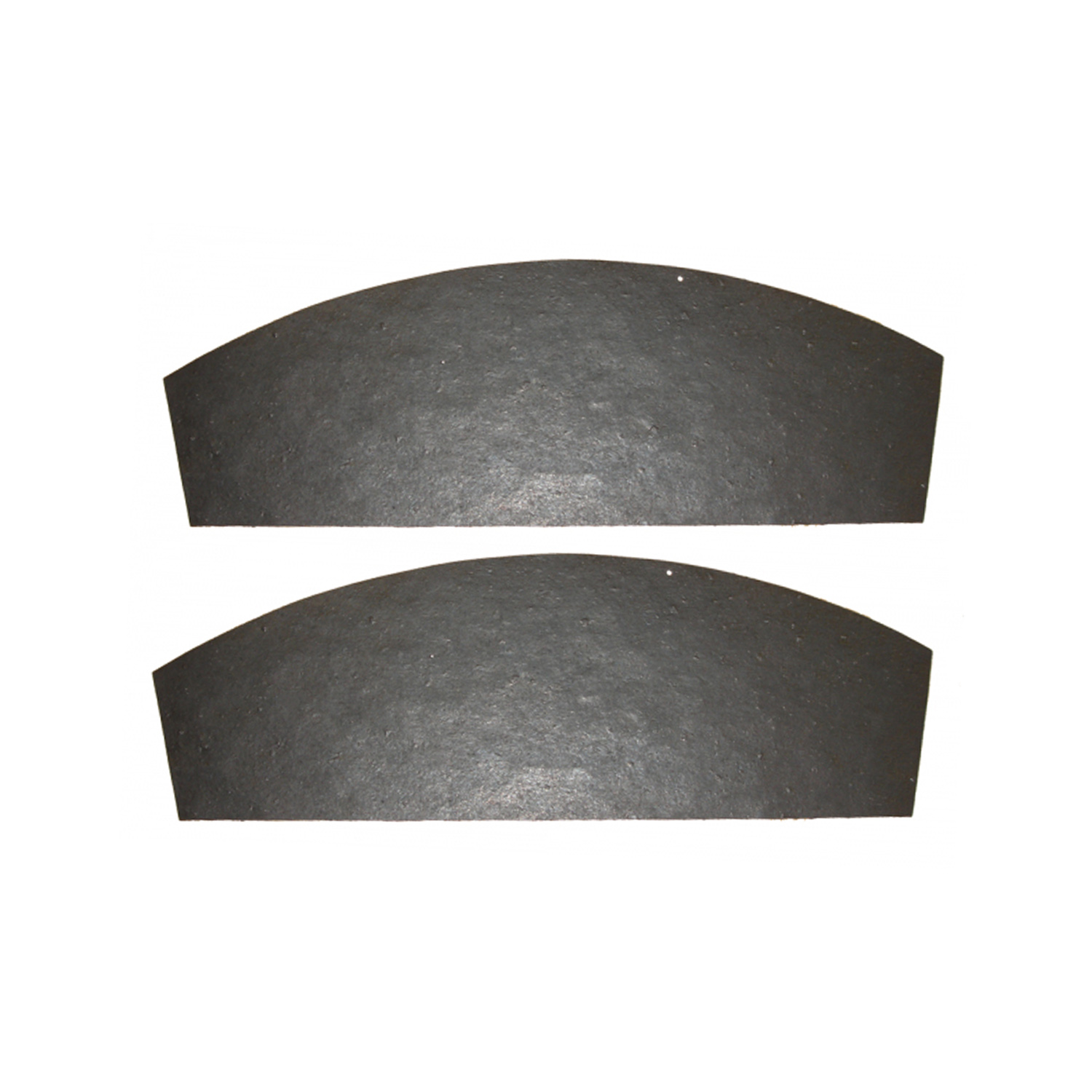 1966 Pontiac Grand Prix A-Arm Dust Shields, 65-70 Pontiac "B" Body Models, Pair-SI 2007-105A-Arm Dust Shields, 65-70 Pontiac "B" Body Models, Pair. R&L. Installation staples included.
1966 Pontiac Grand Prix A-Arm Dust Shields, 65-70 Pontiac "B" Body Models, Pair-SI 2007-105A-Arm Dust Shields, 65-70 Pontiac "B" Body Models, Pair. R&L. Installation staples included.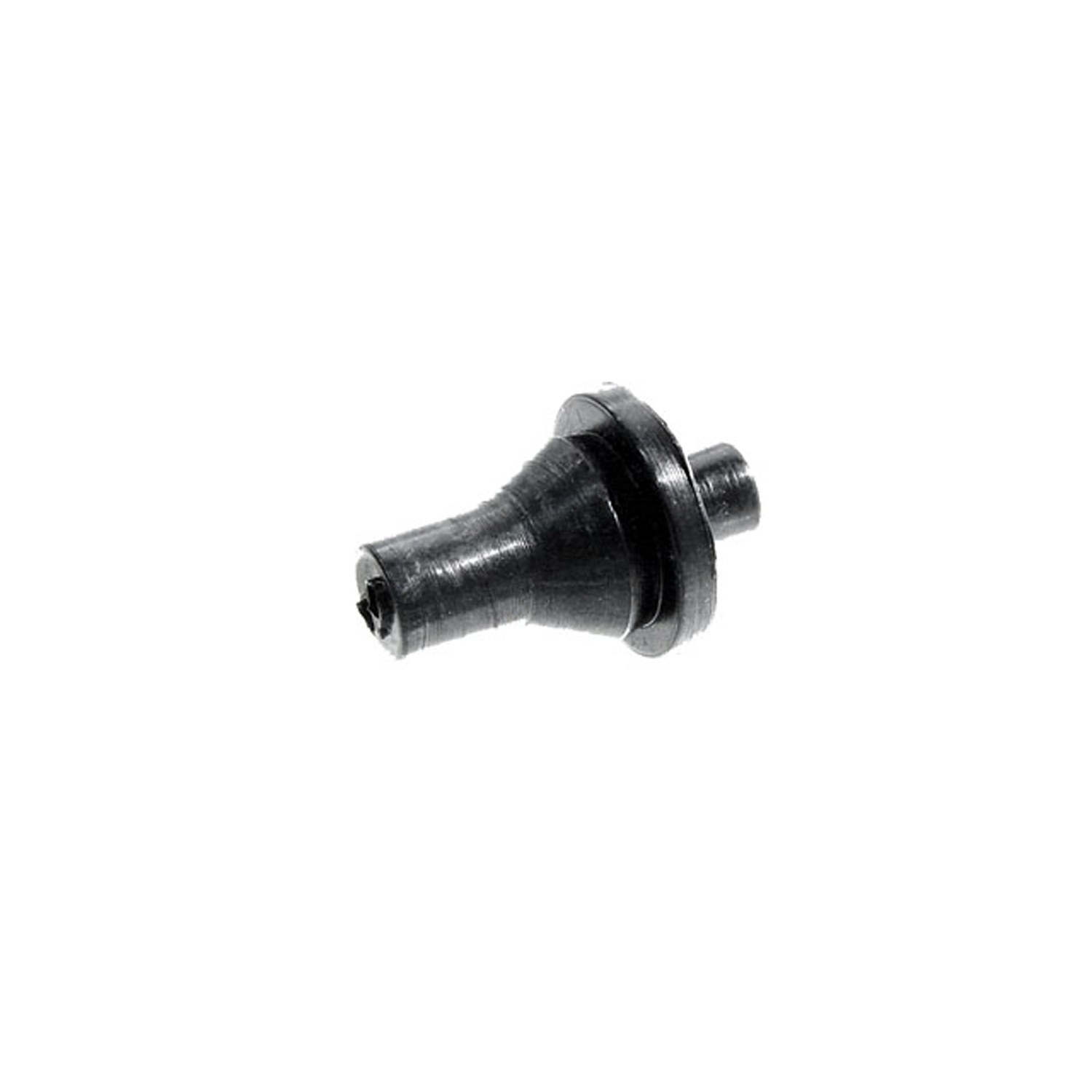 1966 Pontiac Grand Prix Dash and Firewall Grommet. Two hole type. Each-SM 101-ADash and Firewall Grommet. Two hole type. Each
1966 Pontiac Grand Prix Dash and Firewall Grommet. Two hole type. Each-SM 101-ADash and Firewall Grommet. Two hole type. Each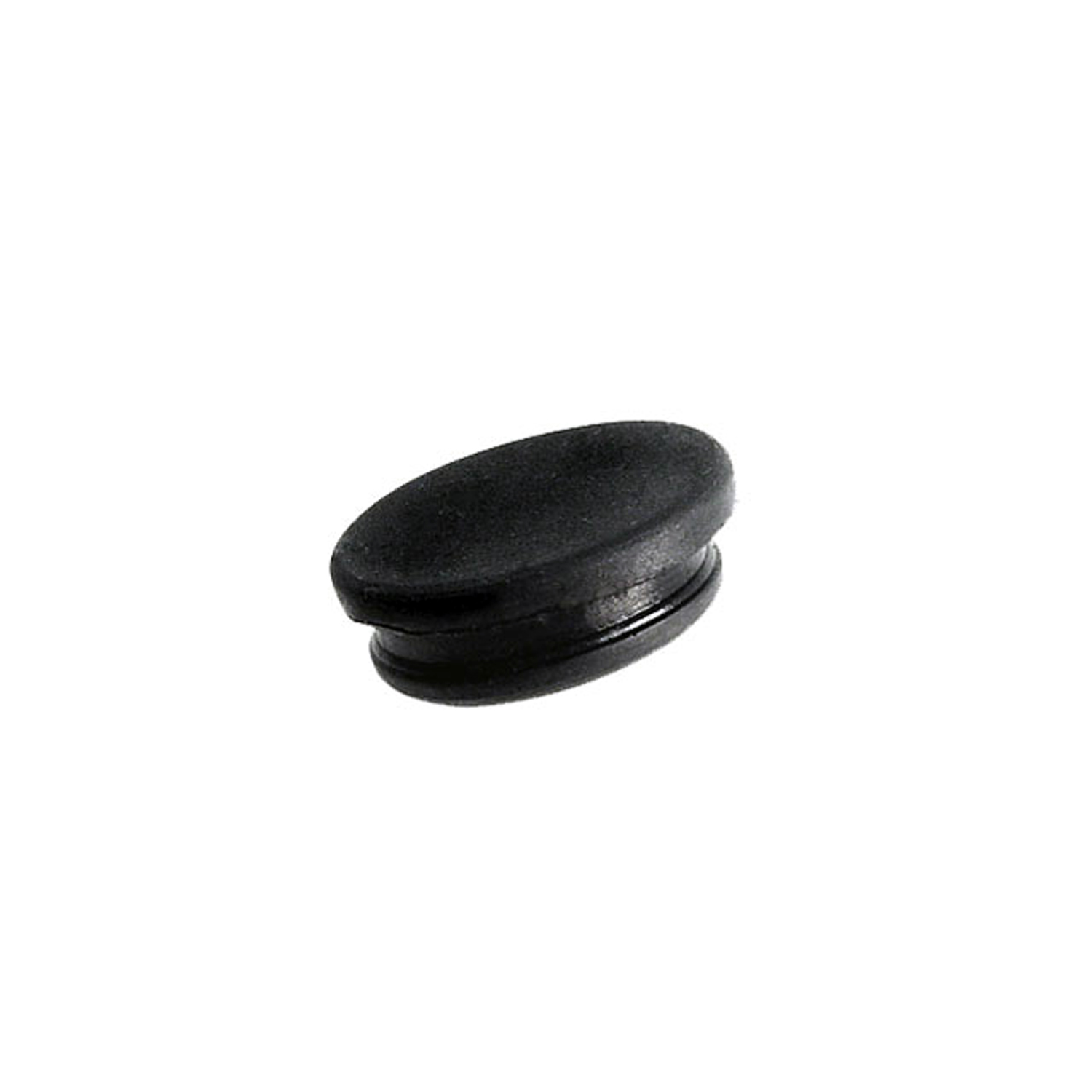 1966 Pontiac Grand Prix Rocker Arm Cover. Neoprene plug. Fits 1" hole. Each-SM 66Rocker Arm Cover. Neoprene plug. Fits 1" hole. Each
1966 Pontiac Grand Prix Rocker Arm Cover. Neoprene plug. Fits 1" hole. Each-SM 66Rocker Arm Cover. Neoprene plug. Fits 1" hole. Each 1966 Pontiac Grand Prix Firewall insulation fastener. 1 in. dia. W head. 1-1/2 in. L-SM 80-AFirewall insulation fastener. 1 in. dia. W head. 1-1/2 in. L. Replaces OEM#'s (GM) 7642589 and (AMC) 4001934. Black. Each.
1966 Pontiac Grand Prix Firewall insulation fastener. 1 in. dia. W head. 1-1/2 in. L-SM 80-AFirewall insulation fastener. 1 in. dia. W head. 1-1/2 in. L. Replaces OEM#'s (GM) 7642589 and (AMC) 4001934. Black. Each.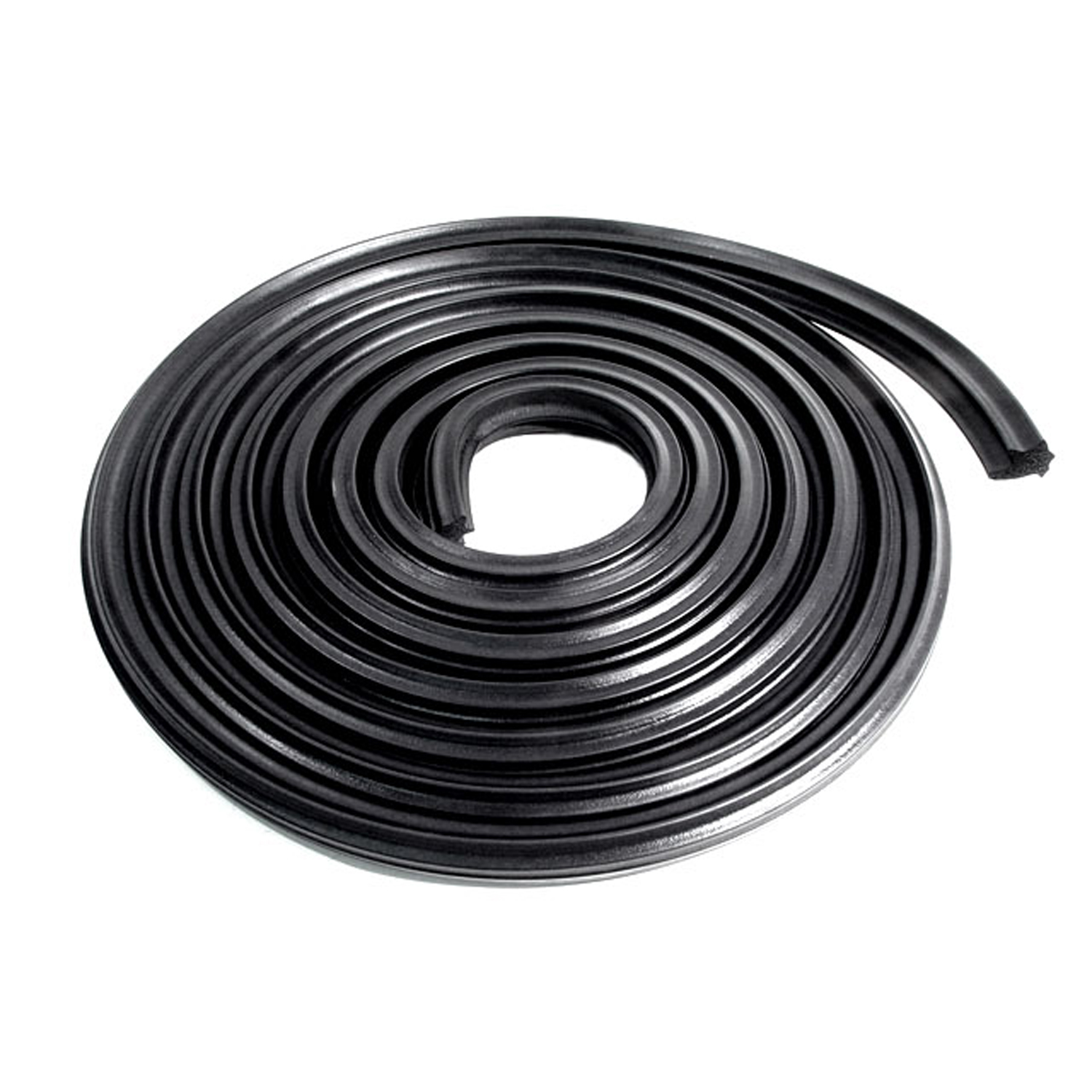 1966 Pontiac Grand Prix Trunk Seal. 18 feet long. Each-TK 46-18Trunk Seal. 18 feet long. Each
1966 Pontiac Grand Prix Trunk Seal. 18 feet long. Each-TK 46-18Trunk Seal. 18 feet long. Each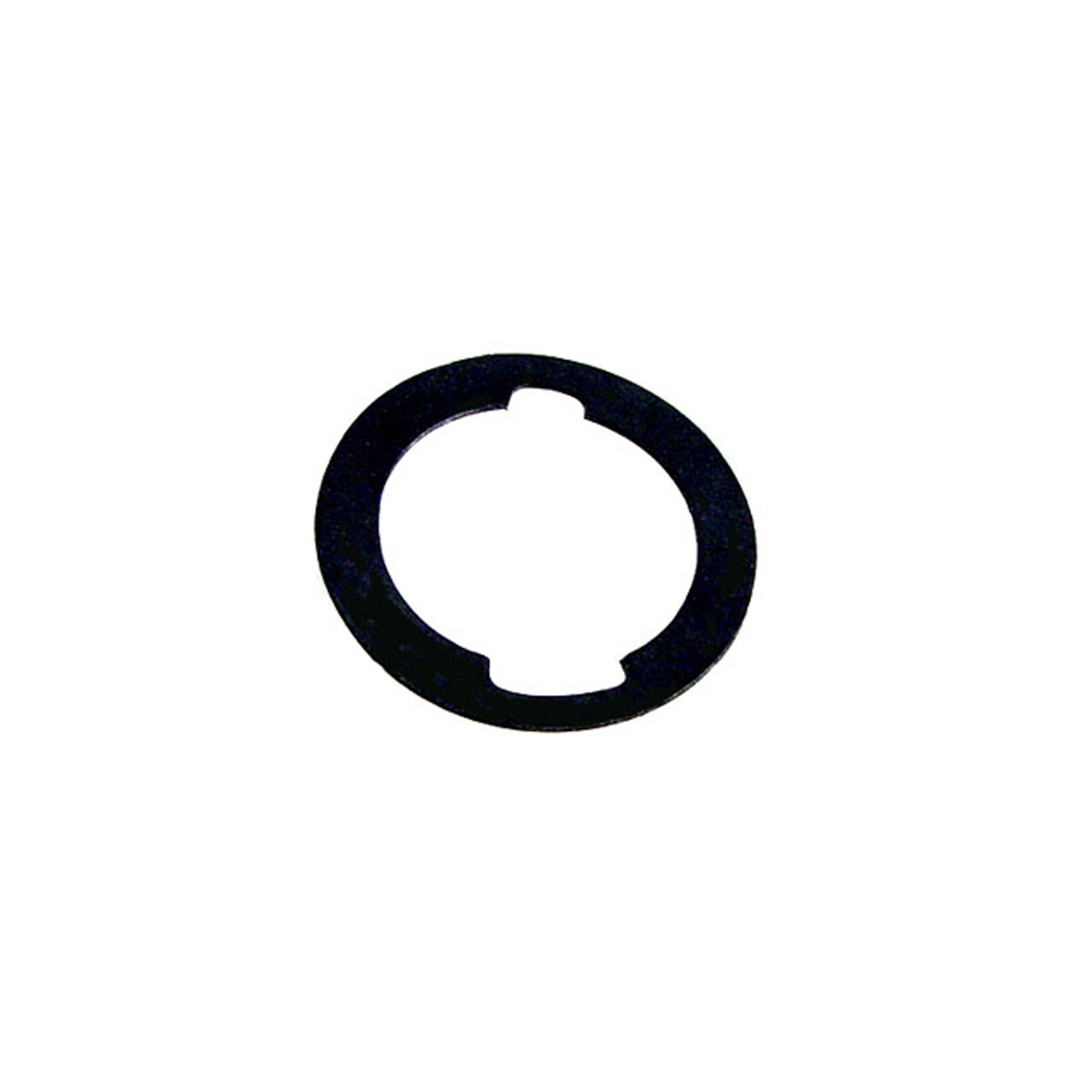 1966 Pontiac Grand Prix Unbeaded Door and Trunk Lock Gasket. 1-3/16" O.D., 7/8" I.D-UM 1600-100Unbeaded Door and Trunk Lock Gasket. 1-3/16" O.D., 7/8" I.D. Each
1966 Pontiac Grand Prix Unbeaded Door and Trunk Lock Gasket. 1-3/16" O.D., 7/8" I.D-UM 1600-100Unbeaded Door and Trunk Lock Gasket. 1-3/16" O.D., 7/8" I.D. Each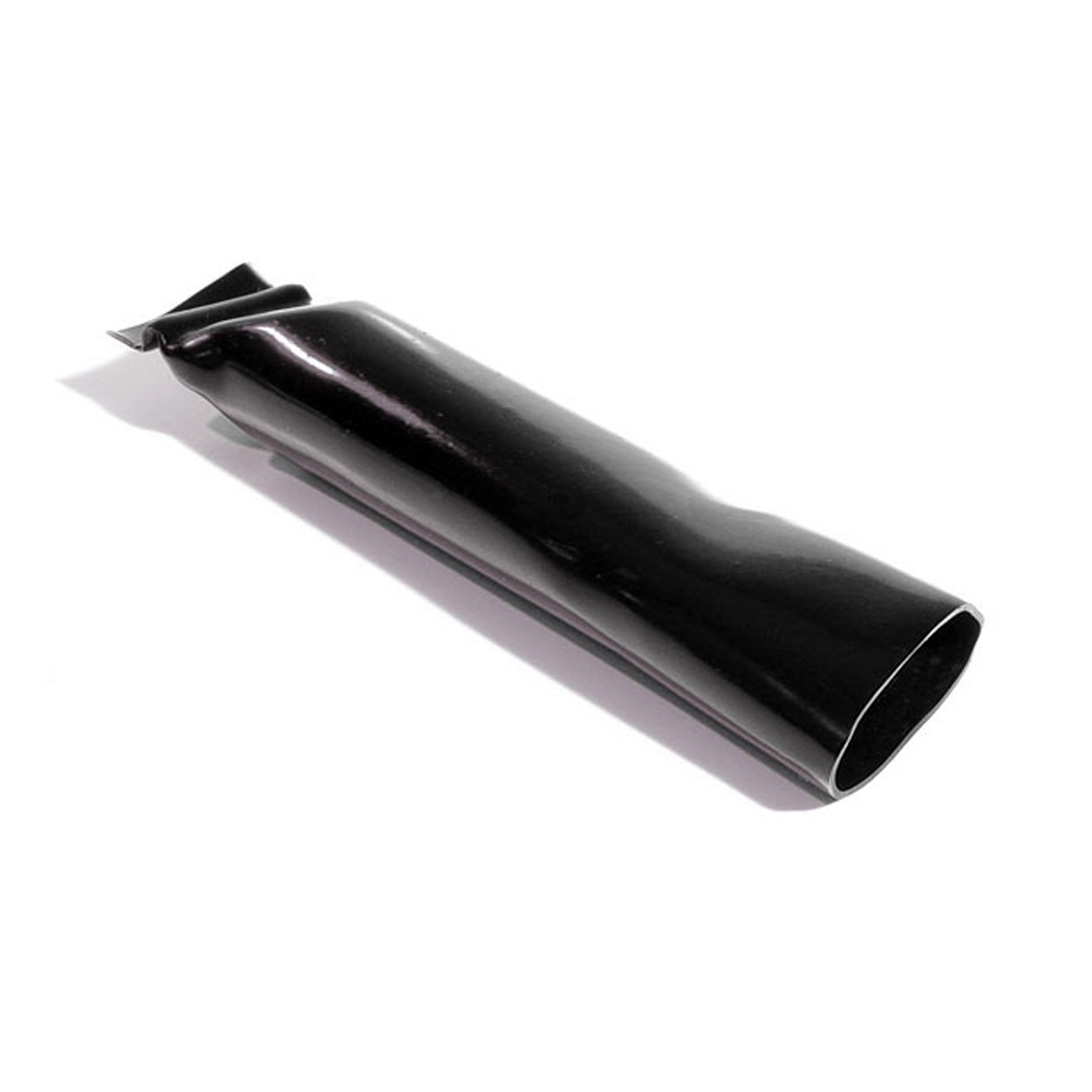 1966 Pontiac Grand Prix Air Conditioning Evaporation Drain Tube. 6-7/8" long-VH 102-GAir Conditioning Evaporation Drain Tube. 6-7/8" long. Each
1966 Pontiac Grand Prix Air Conditioning Evaporation Drain Tube. 6-7/8" long-VH 102-GAir Conditioning Evaporation Drain Tube. 6-7/8" long. Each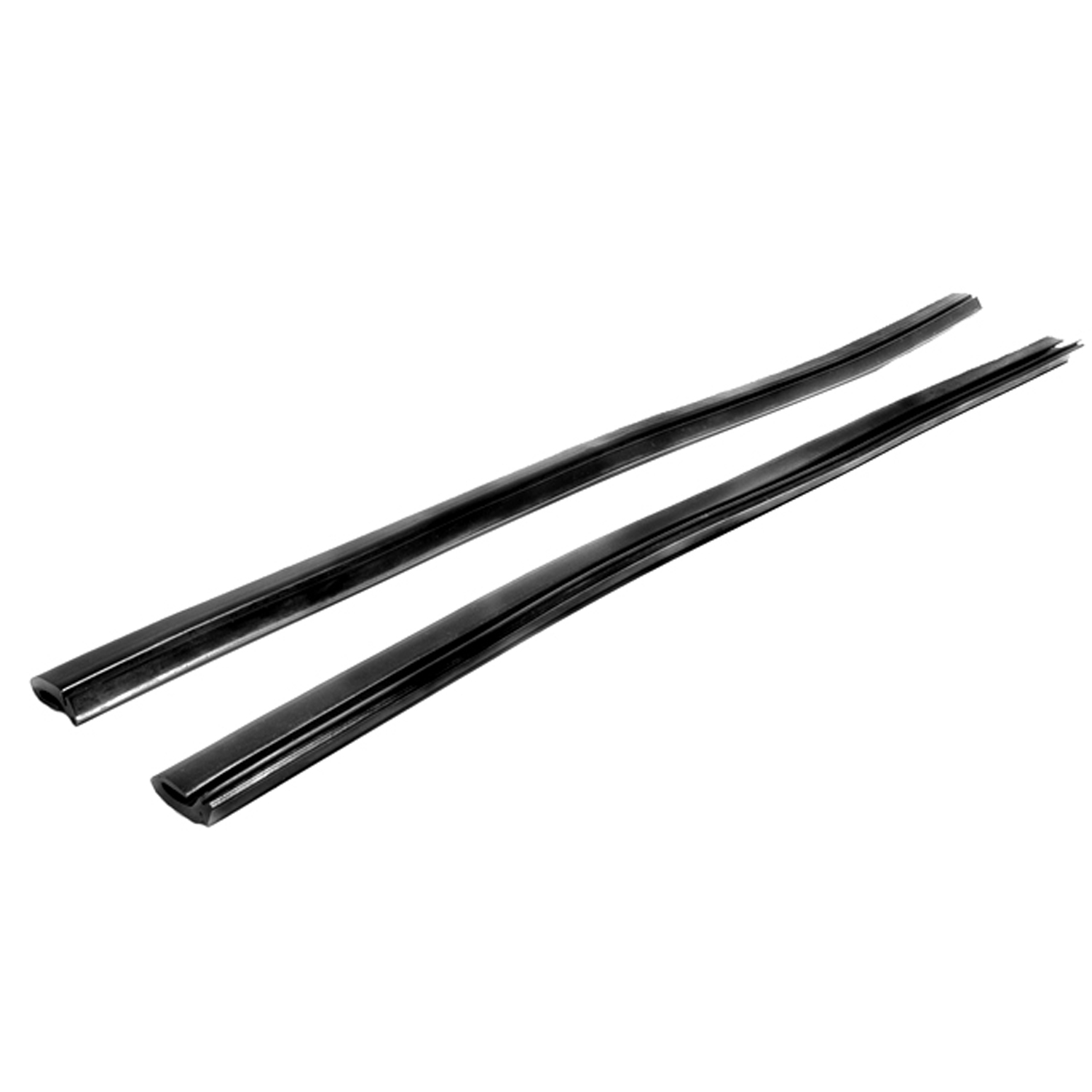 1966 Pontiac Grand Prix Rear Side Roll-Up Window Seal, for Hardtops and Convertibles-VS 3Rear Side Roll-Up Window Seal, for Hardtops and Convertibles. Two 20" sections slide into metal track. No steel insert. Pair
1966 Pontiac Grand Prix Rear Side Roll-Up Window Seal, for Hardtops and Convertibles-VS 3Rear Side Roll-Up Window Seal, for Hardtops and Convertibles. Two 20" sections slide into metal track. No steel insert. Pair 1966 Pontiac Grand Prix Rear Roll-up Quarter Window Seals, for 2-Door Hardtops-VS 3-GRear Roll-up Quarter Window Seals, for 2-Door Hardtops. For leading edge of rear roll-up quarter window. Made with steel cores. 16-3/4" long. Pair R&L
1966 Pontiac Grand Prix Rear Roll-up Quarter Window Seals, for 2-Door Hardtops-VS 3-GRear Roll-up Quarter Window Seals, for 2-Door Hardtops. For leading edge of rear roll-up quarter window. Made with steel cores. 16-3/4" long. Pair R&L 1966 Pontiac Grand Prix Quarter Window Reveal Molding Clip. Made of Steel-WF 205Quarter Window Reveal Molding Clip. Made of Steel. 1-3/8" X 11/16". Each
1966 Pontiac Grand Prix Quarter Window Reveal Molding Clip. Made of Steel-WF 205Quarter Window Reveal Molding Clip. Made of Steel. 1-3/8" X 11/16". Each 1966 Pontiac Grand Prix Vent window and rear division channel seals-WR 2002-EVent window and rear division channel seals. Fits '65-'68 GM B-body and C-body 2-door and 4-door hardtops and convertibles. Top quality EPDM dense rubber. 4-piece set. R&L.
1966 Pontiac Grand Prix Vent window and rear division channel seals-WR 2002-EVent window and rear division channel seals. Fits '65-'68 GM B-body and C-body 2-door and 4-door hardtops and convertibles. Top quality EPDM dense rubber. 4-piece set. R&L.Why Choose Metro?
For over 100 years, Metro Moulded Parts has been the pinnacle of quality in classic car restoration parts. Our commitment to precision and authenticity in every component ensures a perfect fit and an OEM-level appearance.
- Expert Craftsmanship & Quality: Each part is a testament to our dedication to reliability and perfection, crafted from original designs and thoroughly tested.
- Advanced Technology: We use cutting-edge techniques to create flawless, long-lasting parts that surpass others in performance.
- SuperSoft Sponge – The Ultimate Door Seal: Not only are our door seals 30% softer than competitors', but they're also guaranteed to never leak. They effectively reduce wind and road noise, enhancing your classic car's comfort and driving experience.
- Proudly American: Our parts are a product of American craftsmanship, made in the USA with a spirit of excellence and heritage.
- Unrivaled Warranty: We back our products with a 30-year industry-leading warranty, a testament to our confidence in their quality.
Join us in preserving the legacy of classic cars with parts that are crafted for perfection, not just made.

